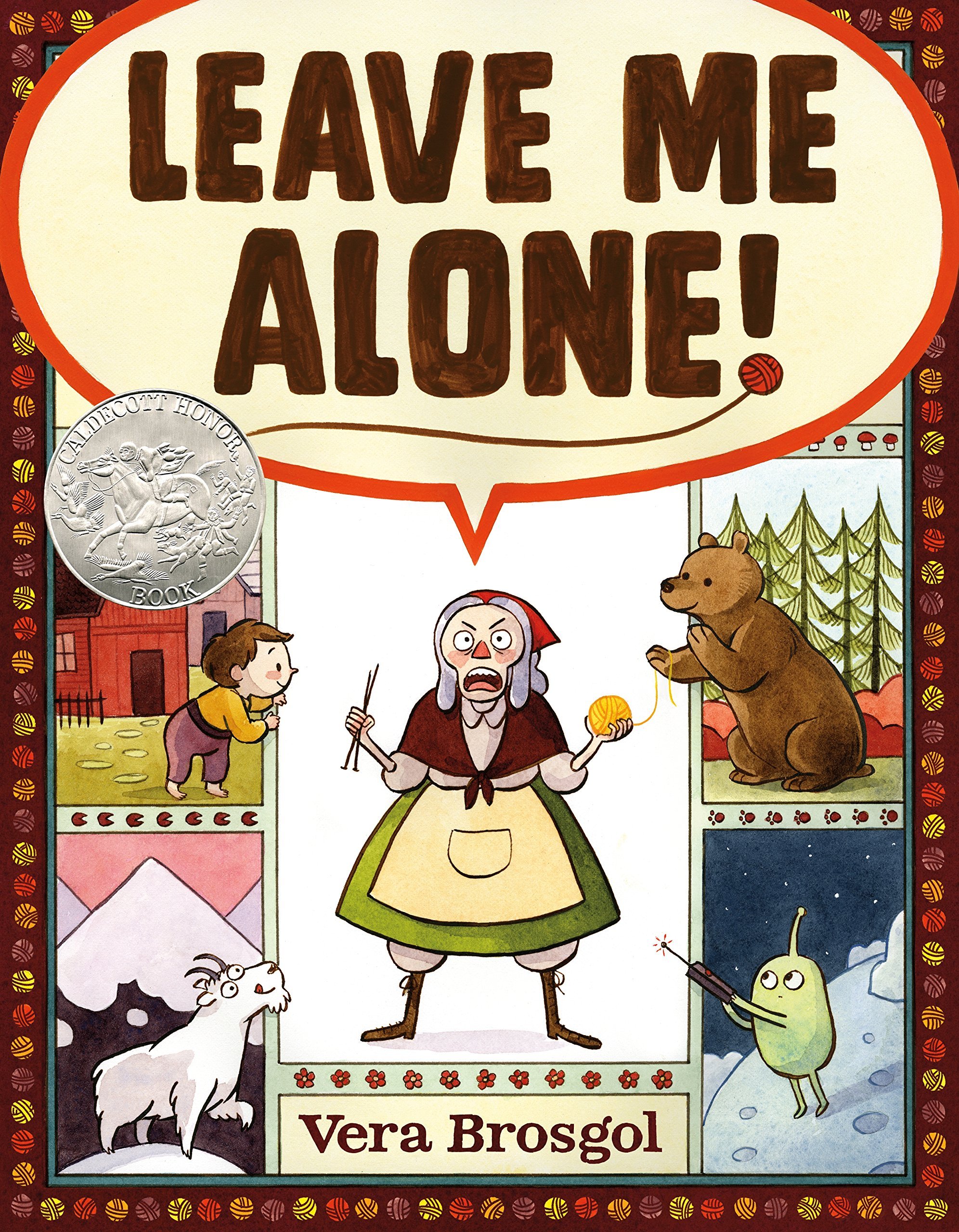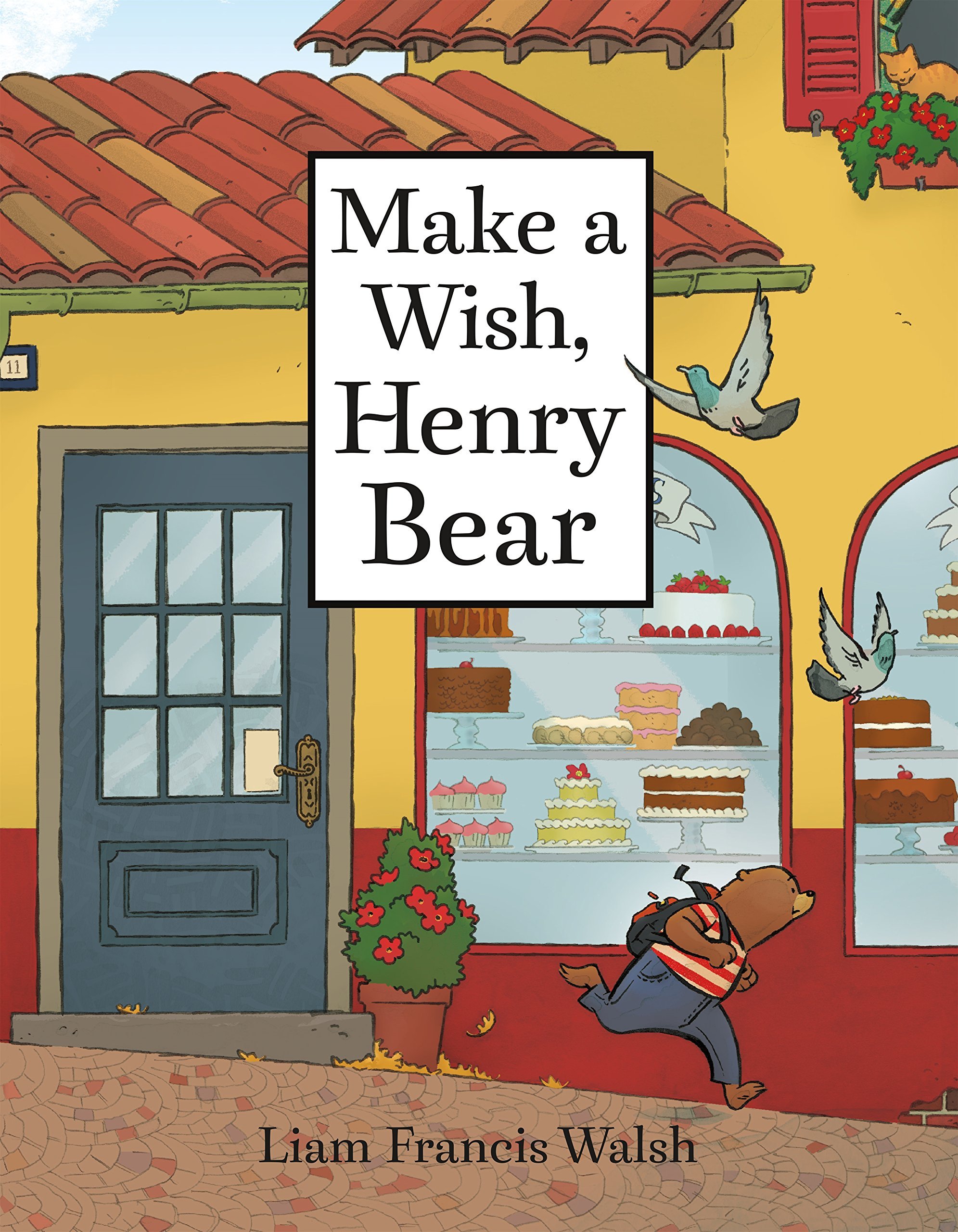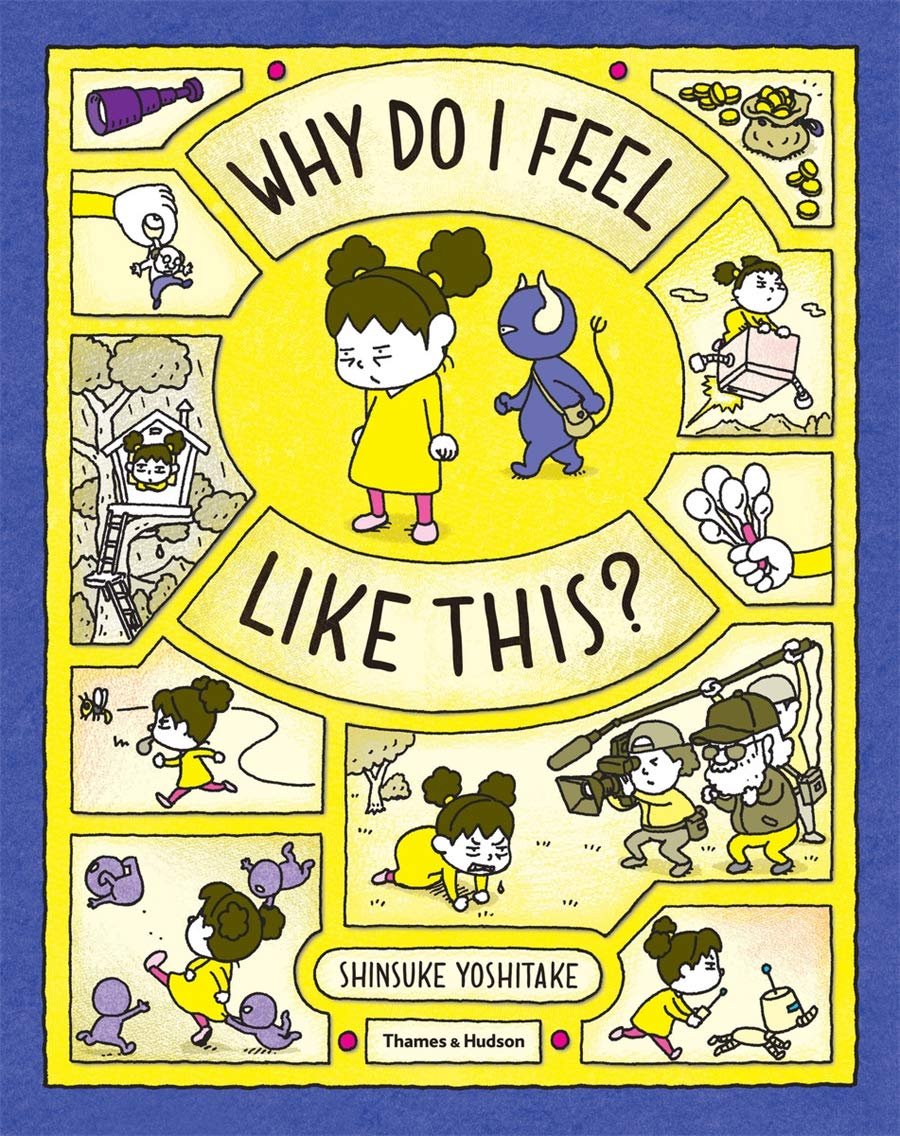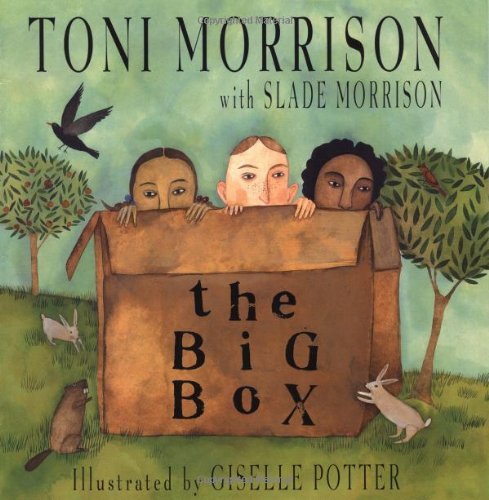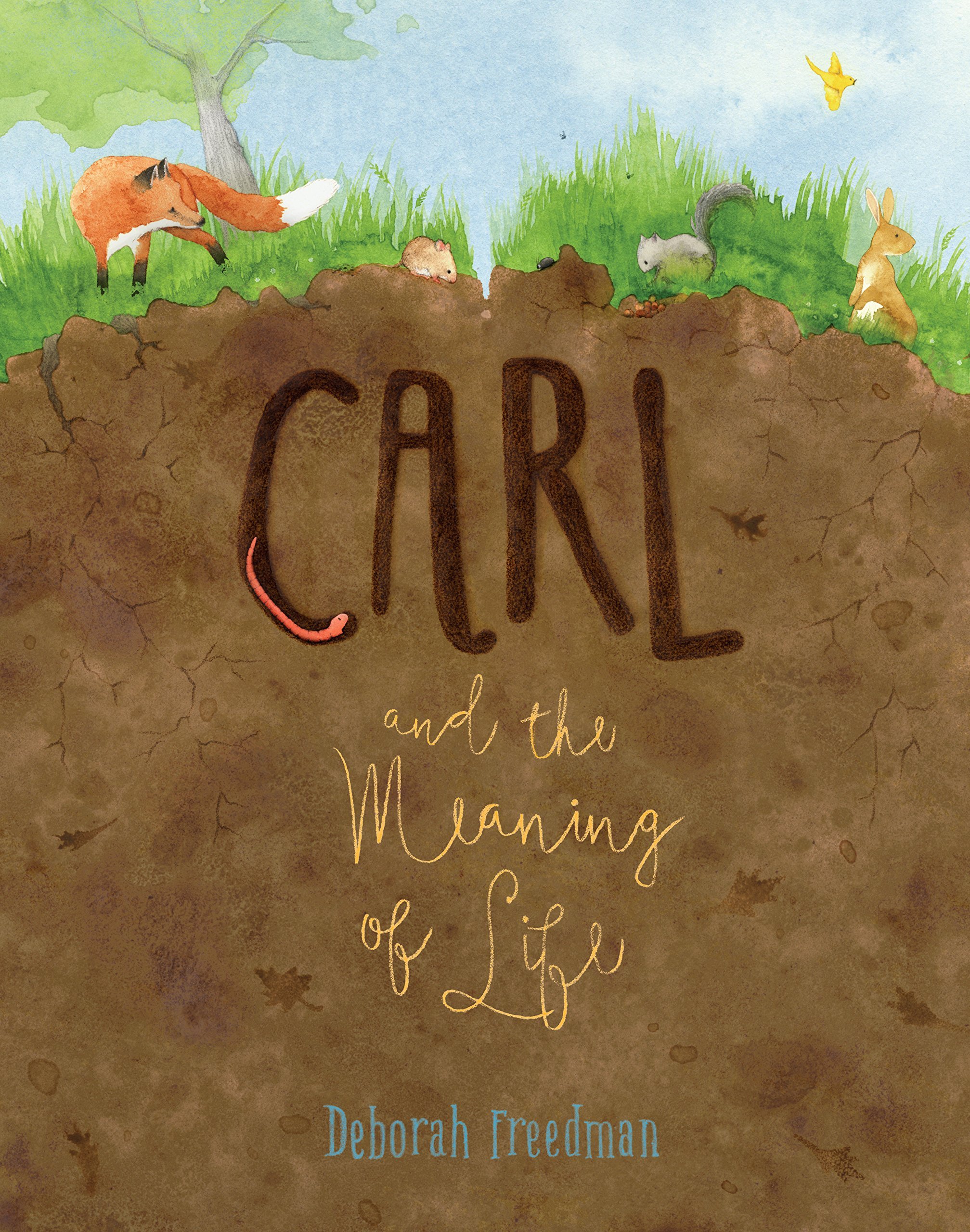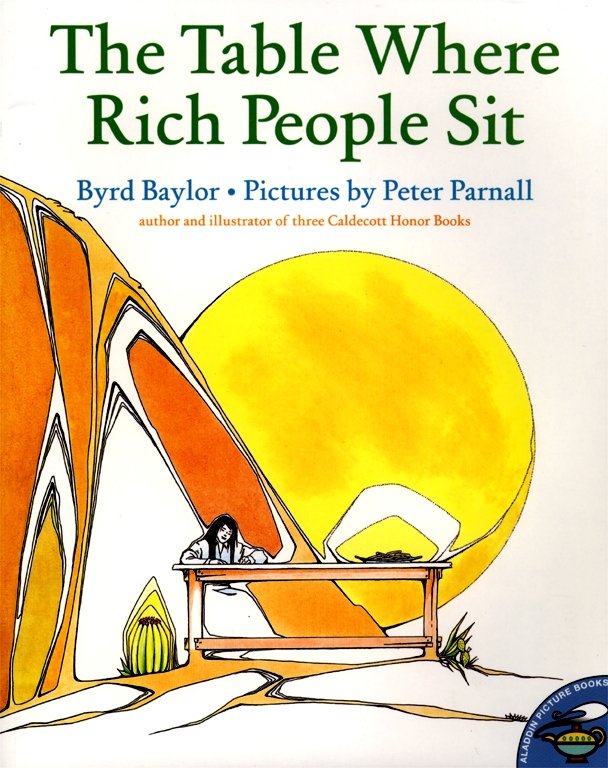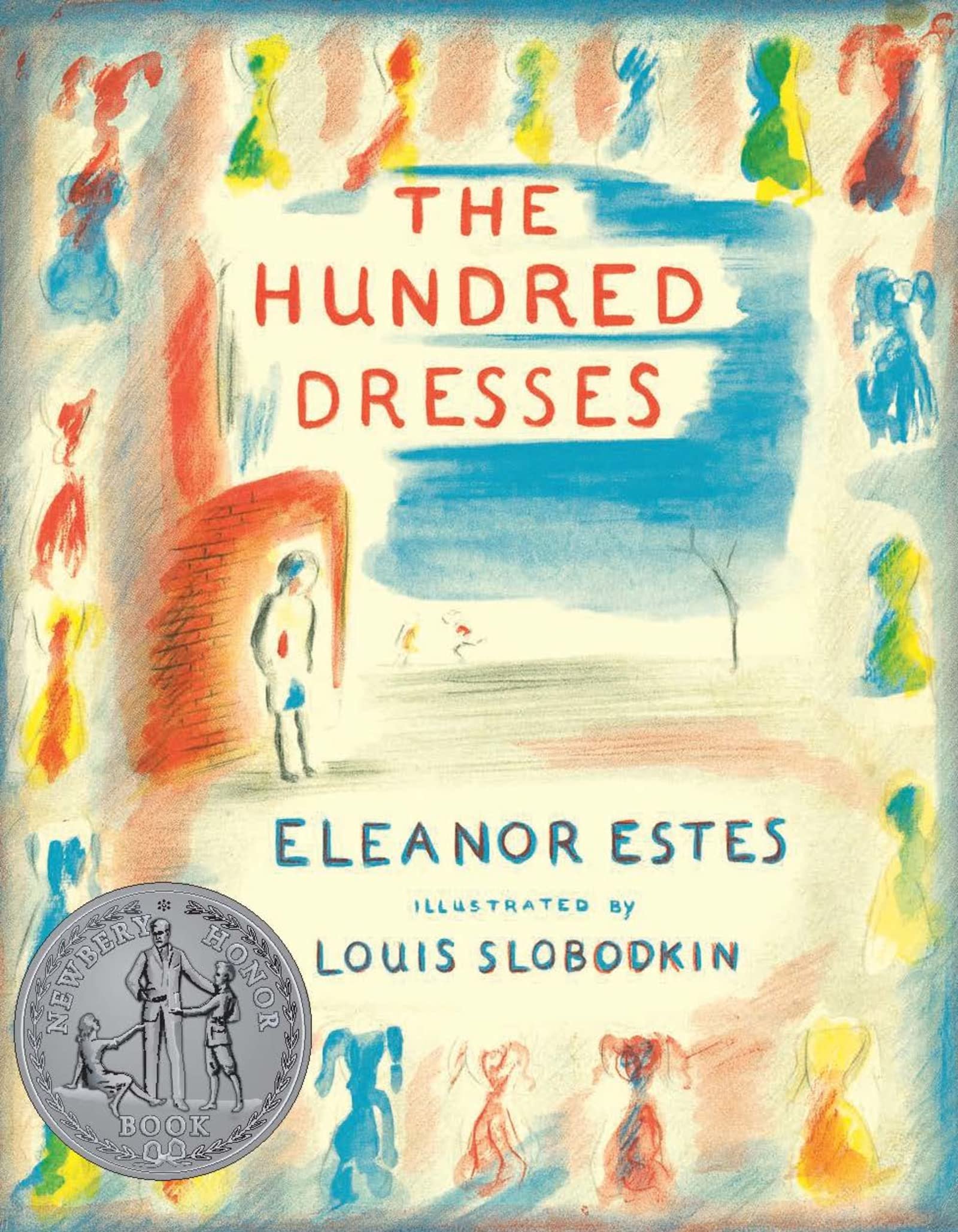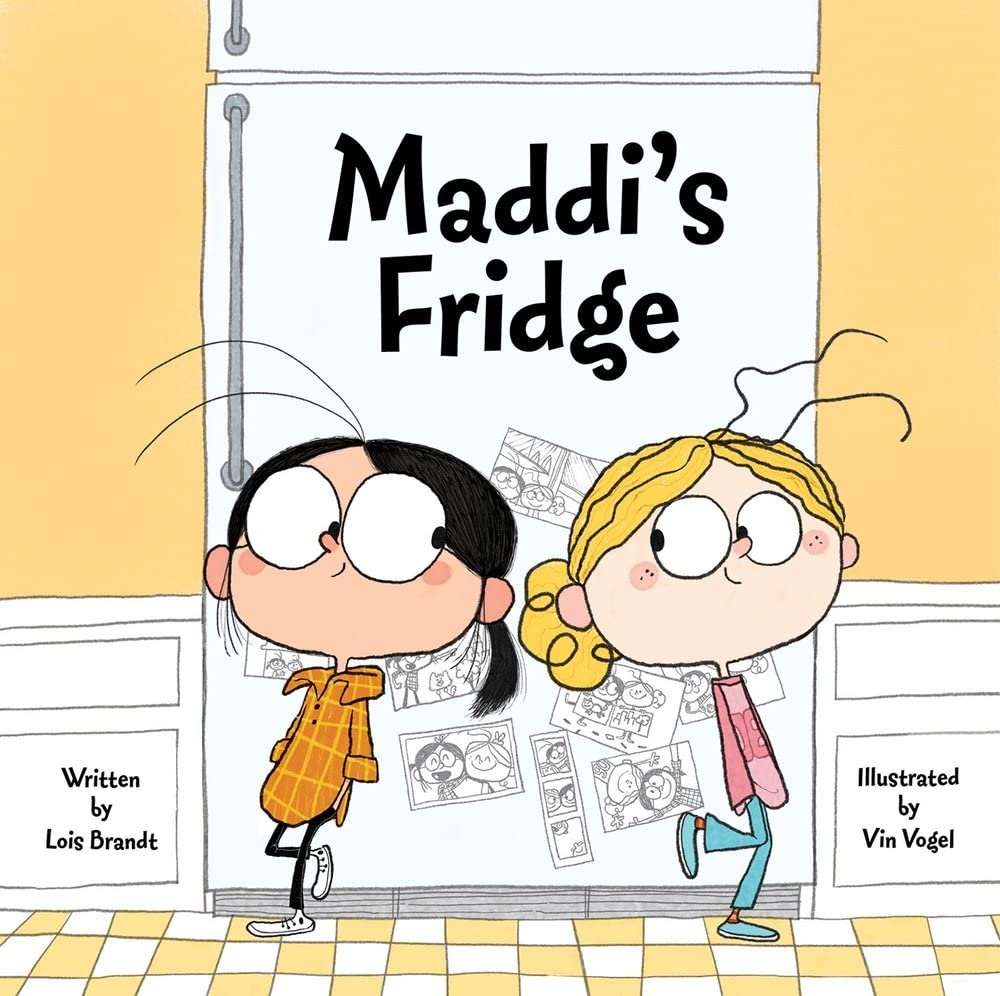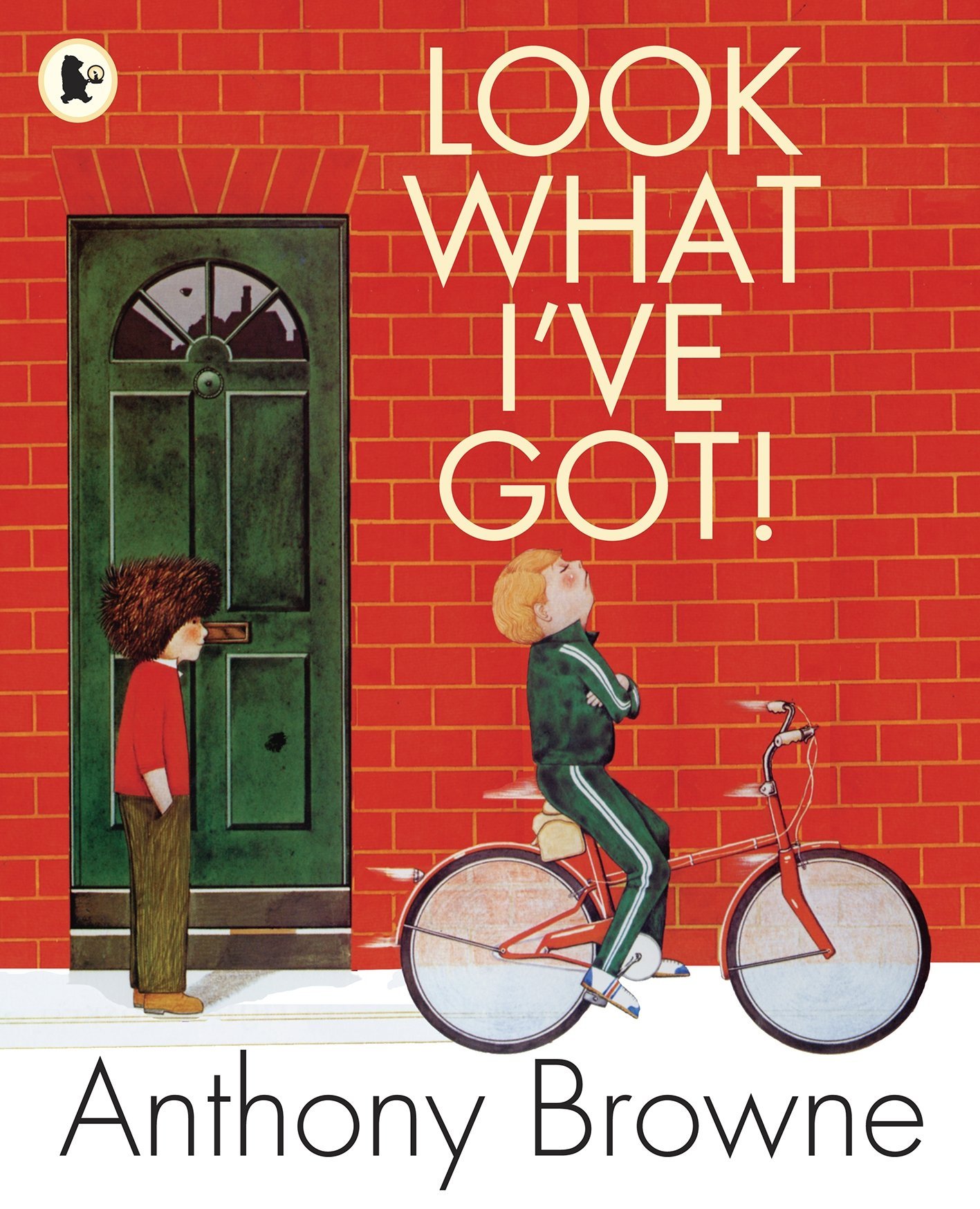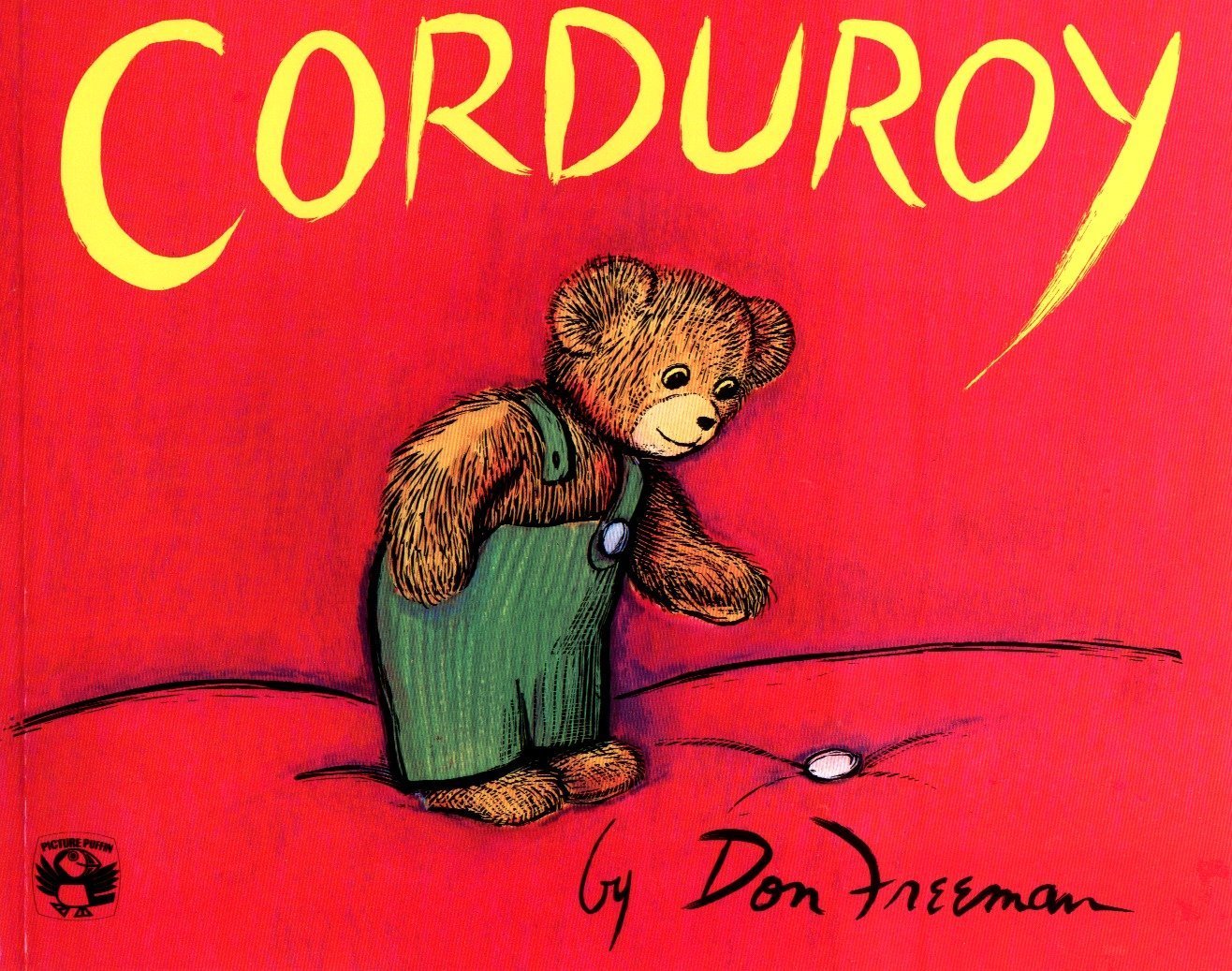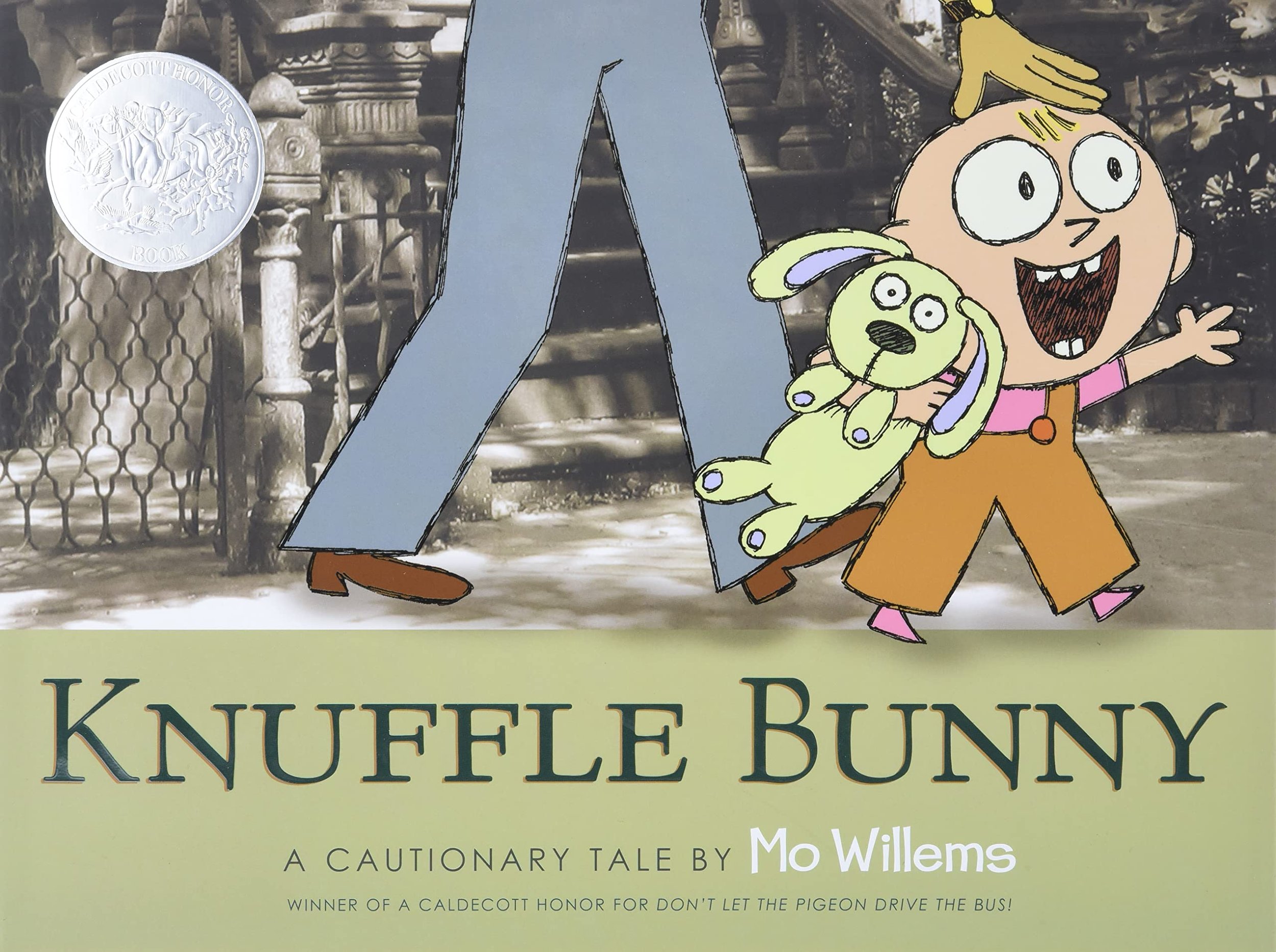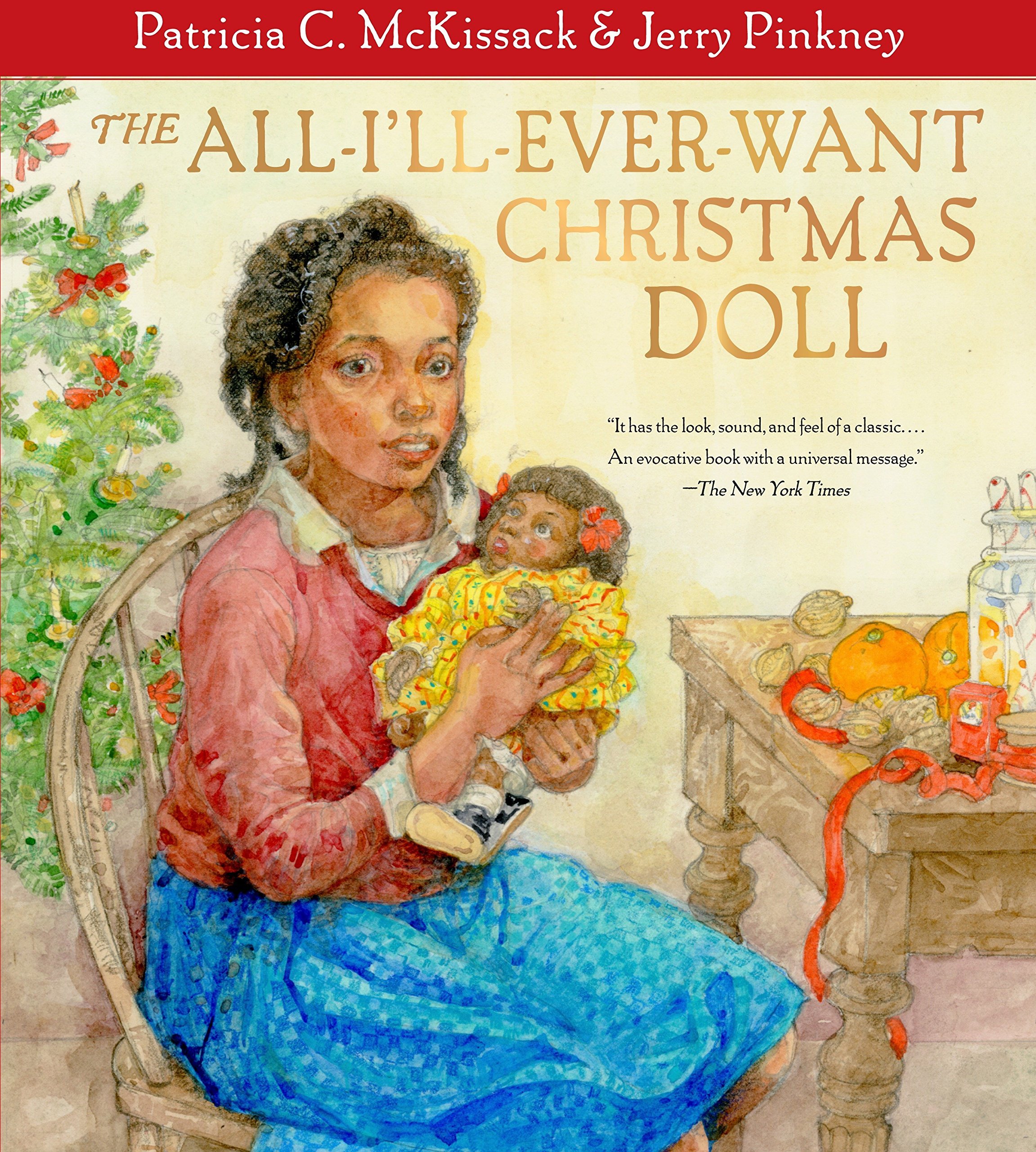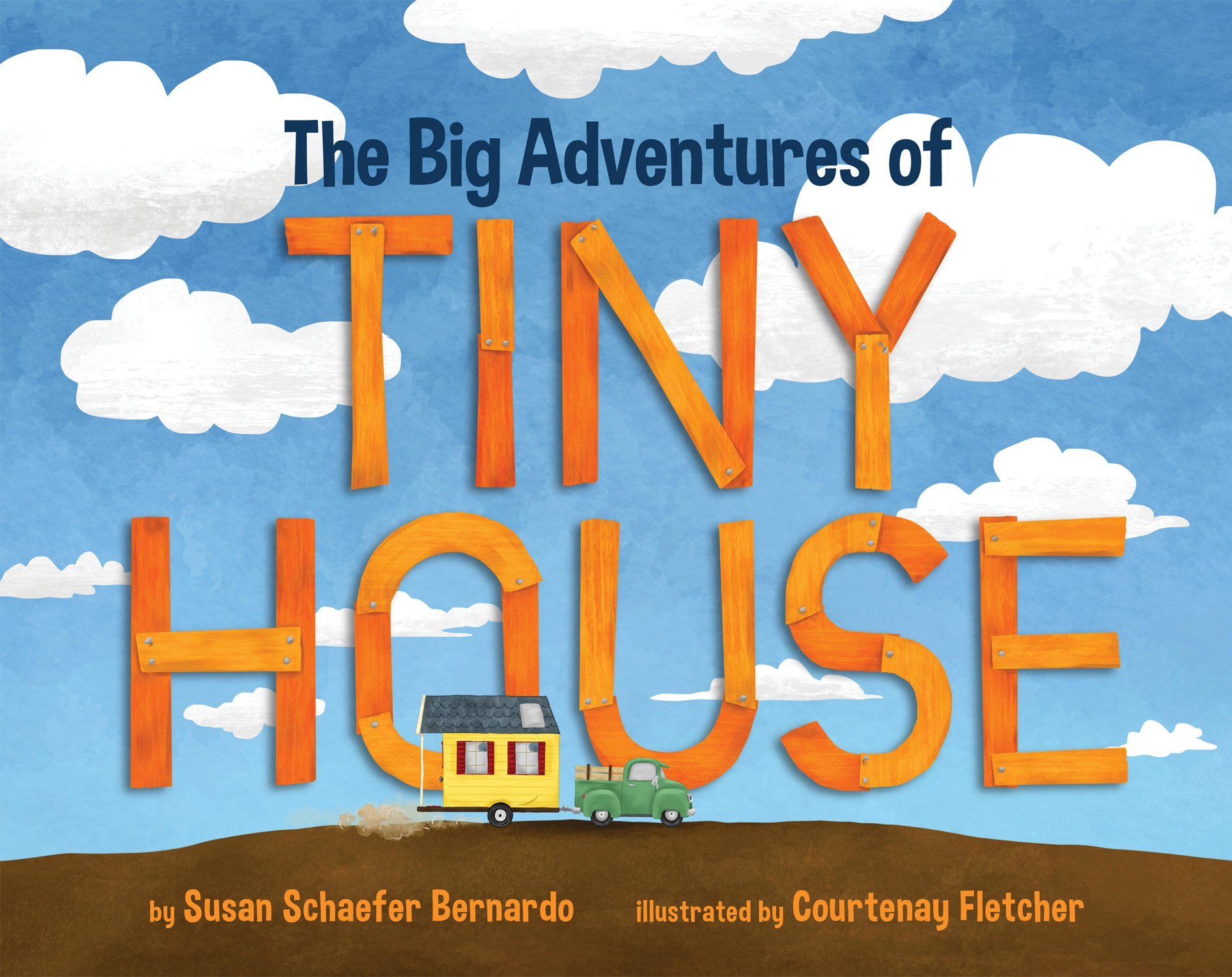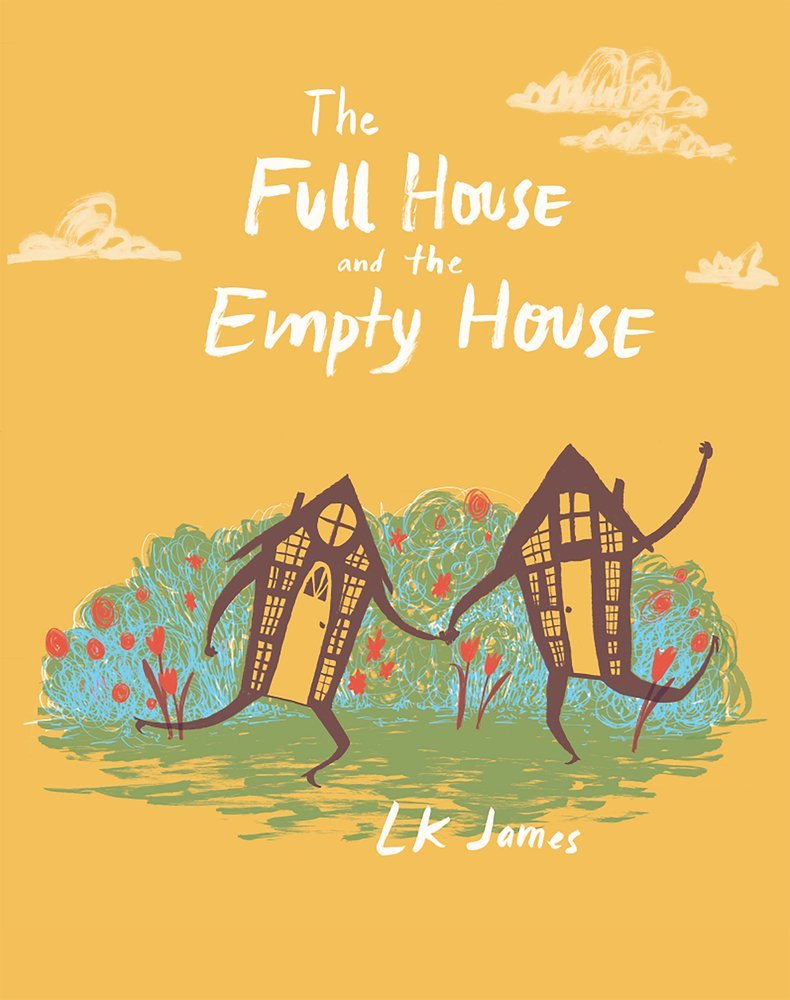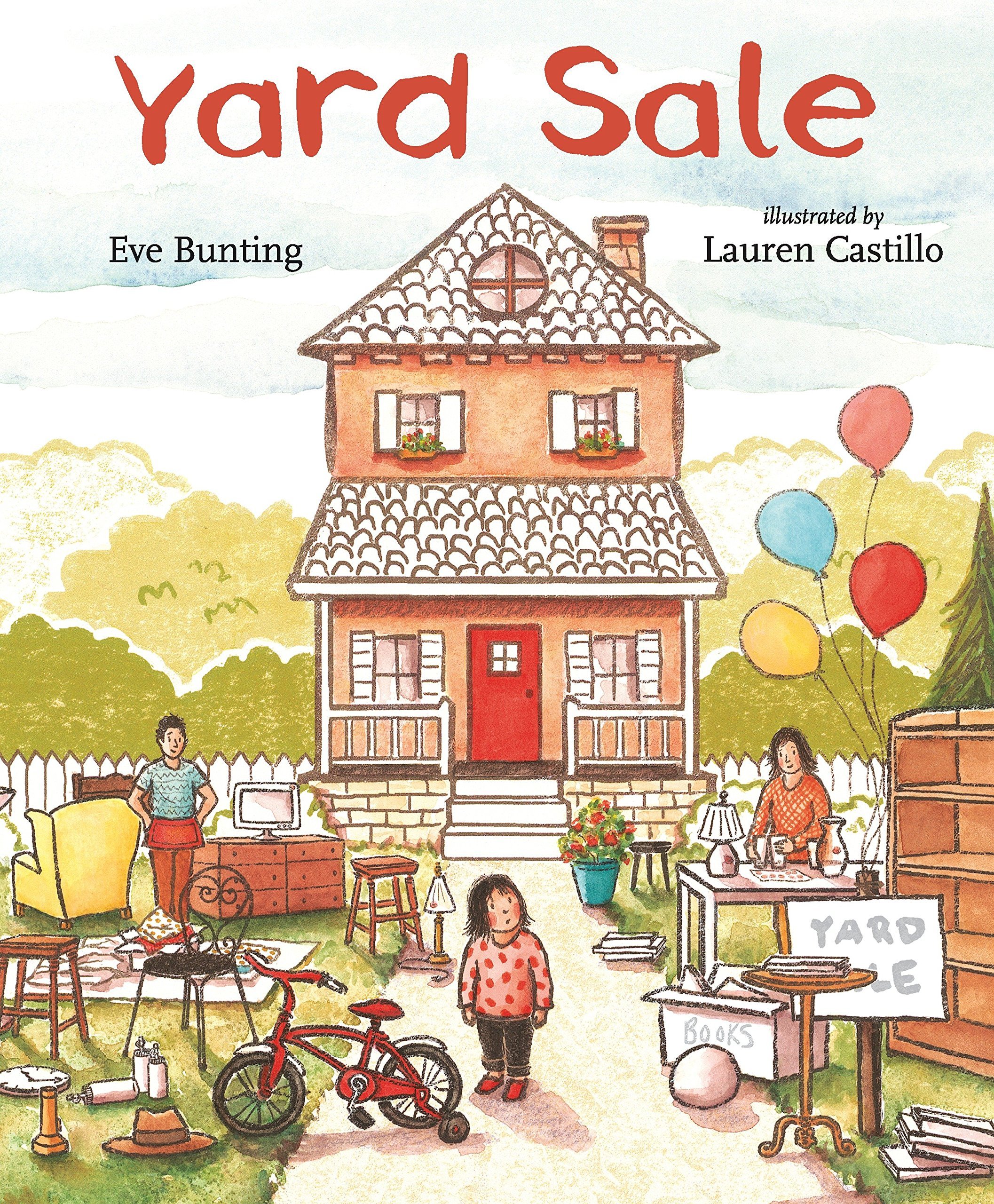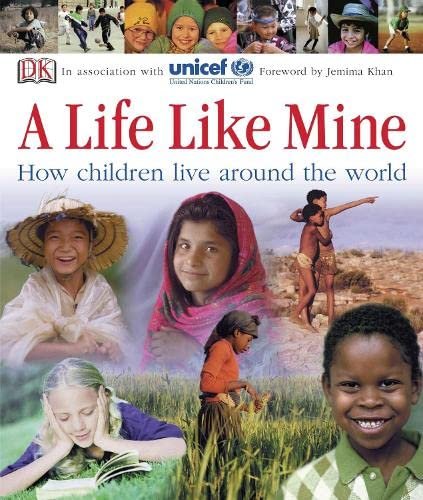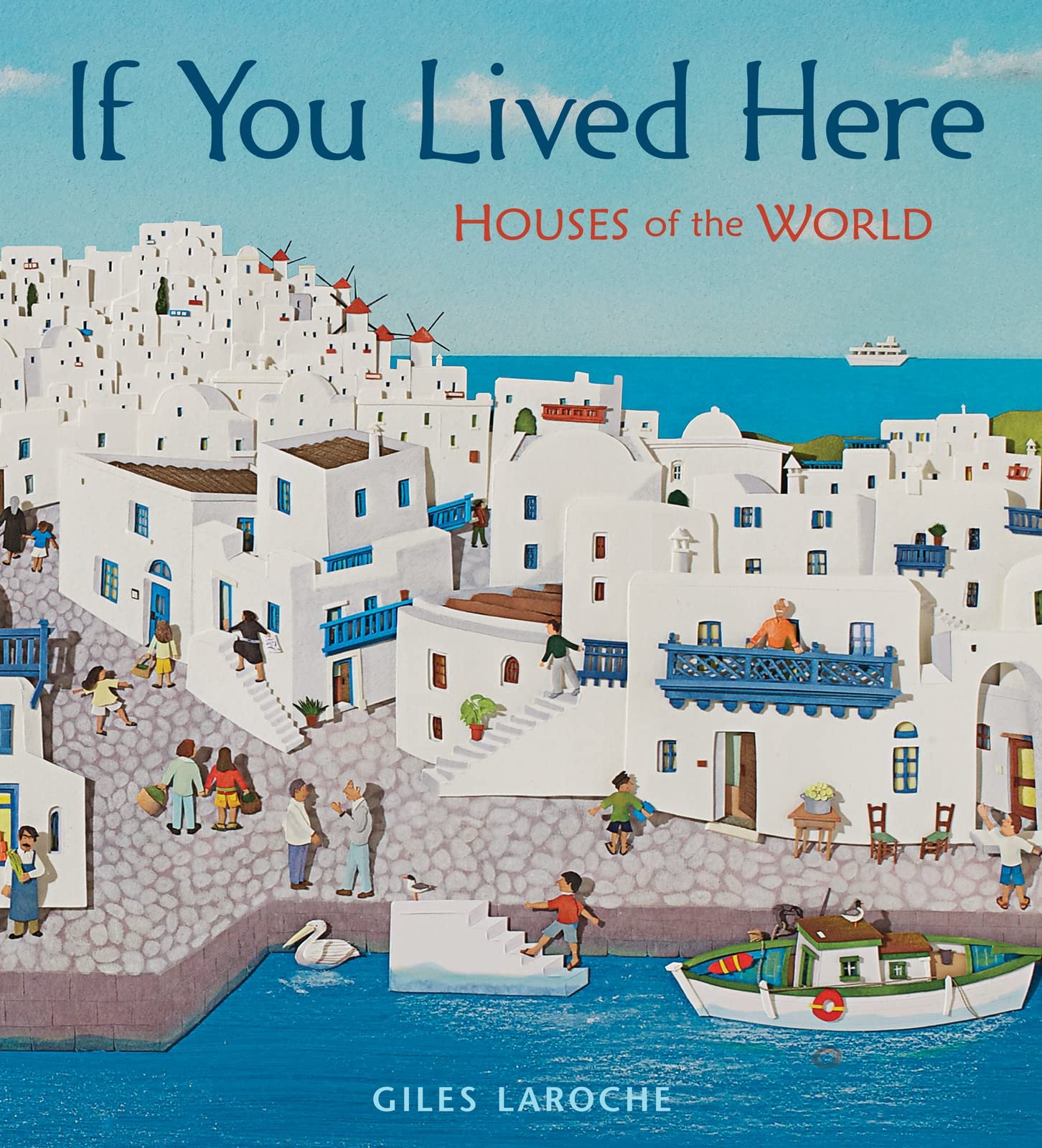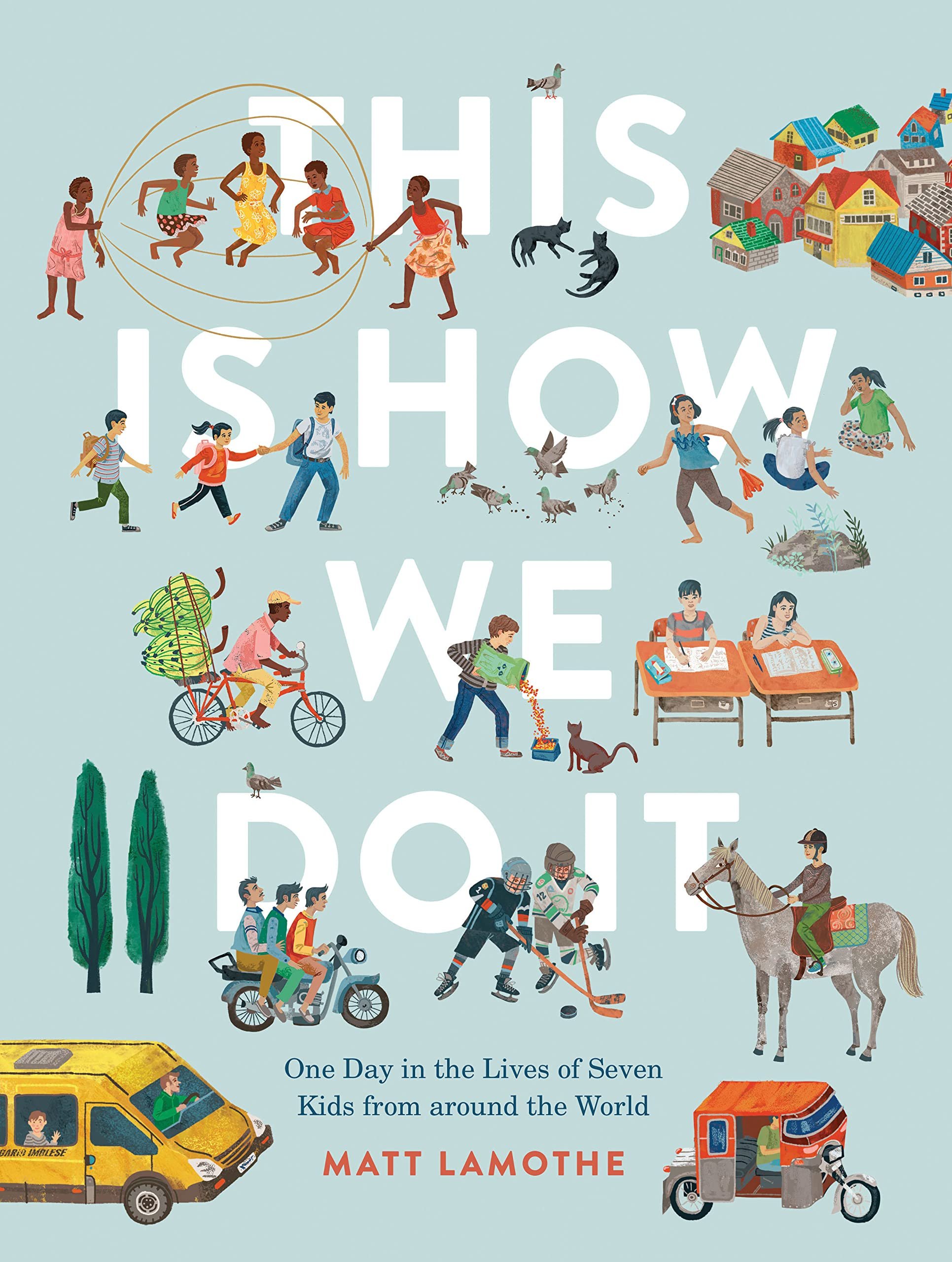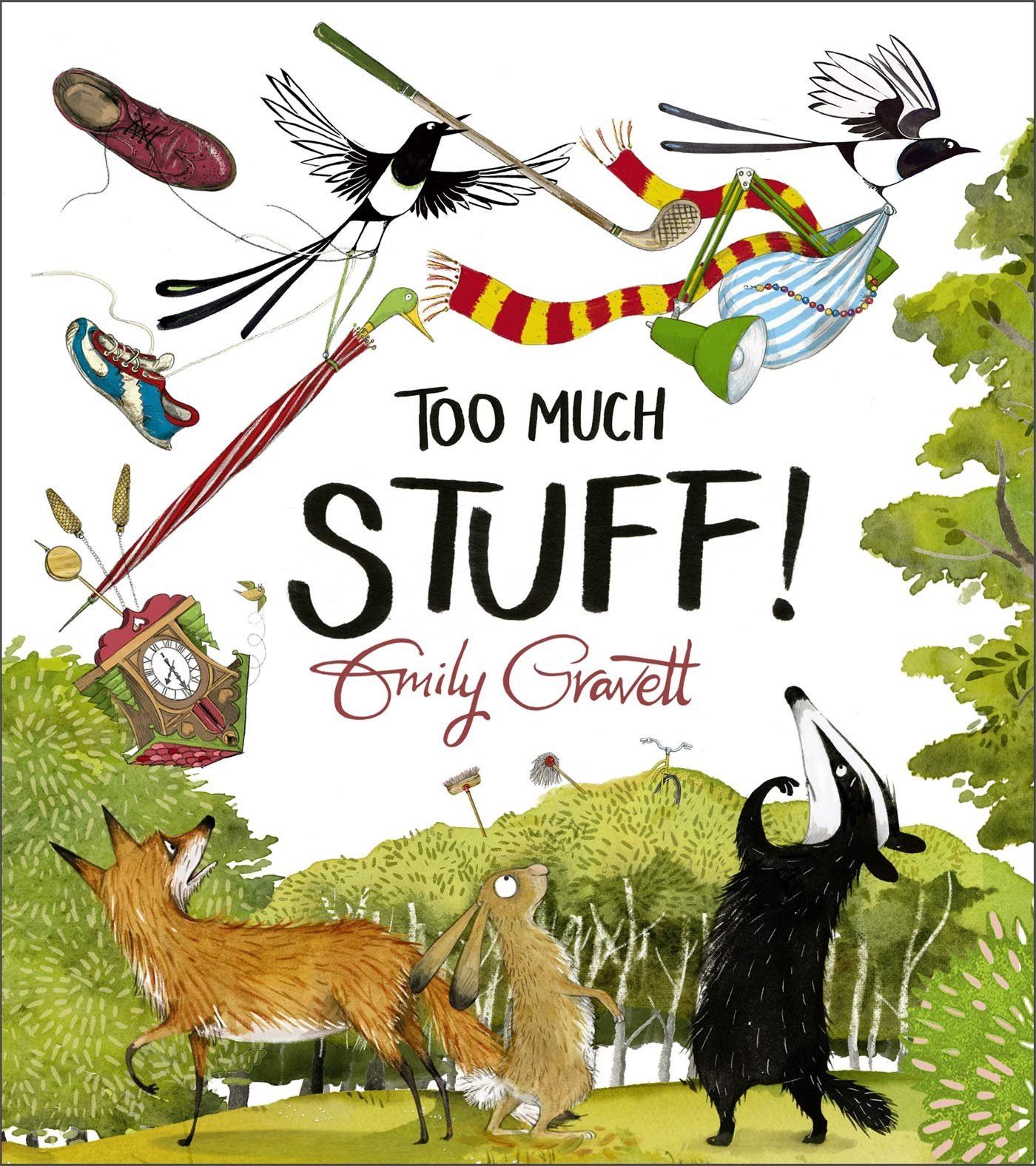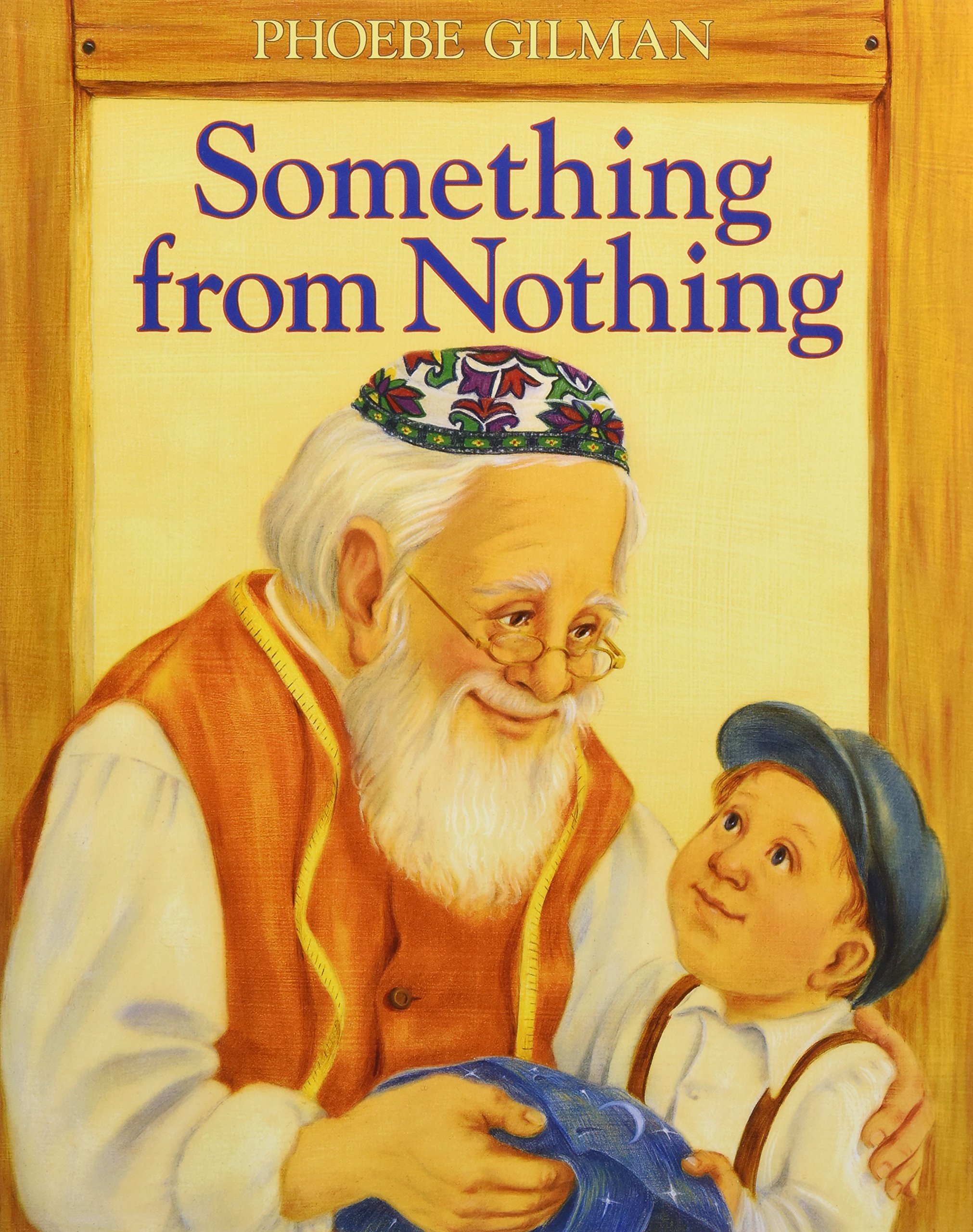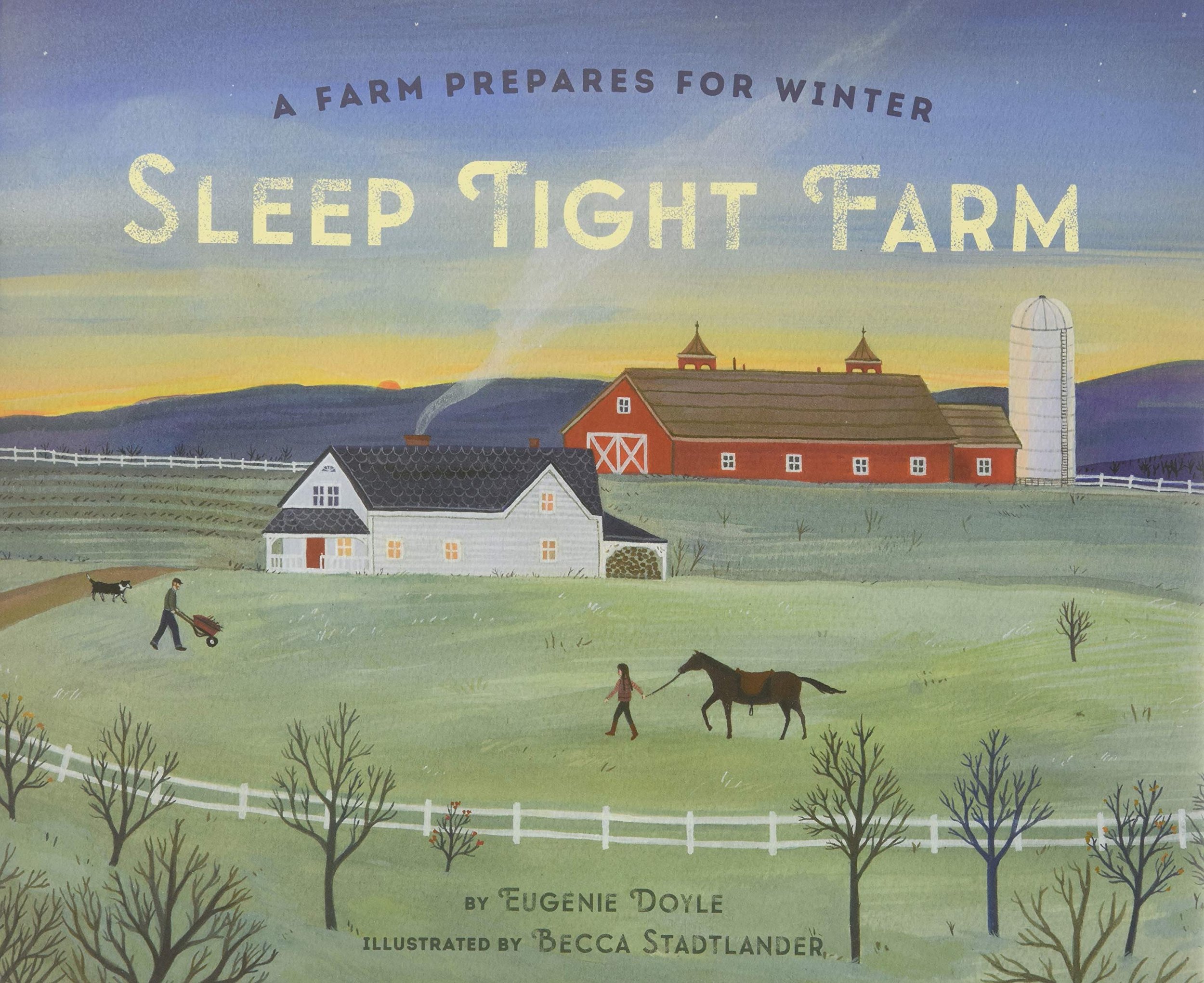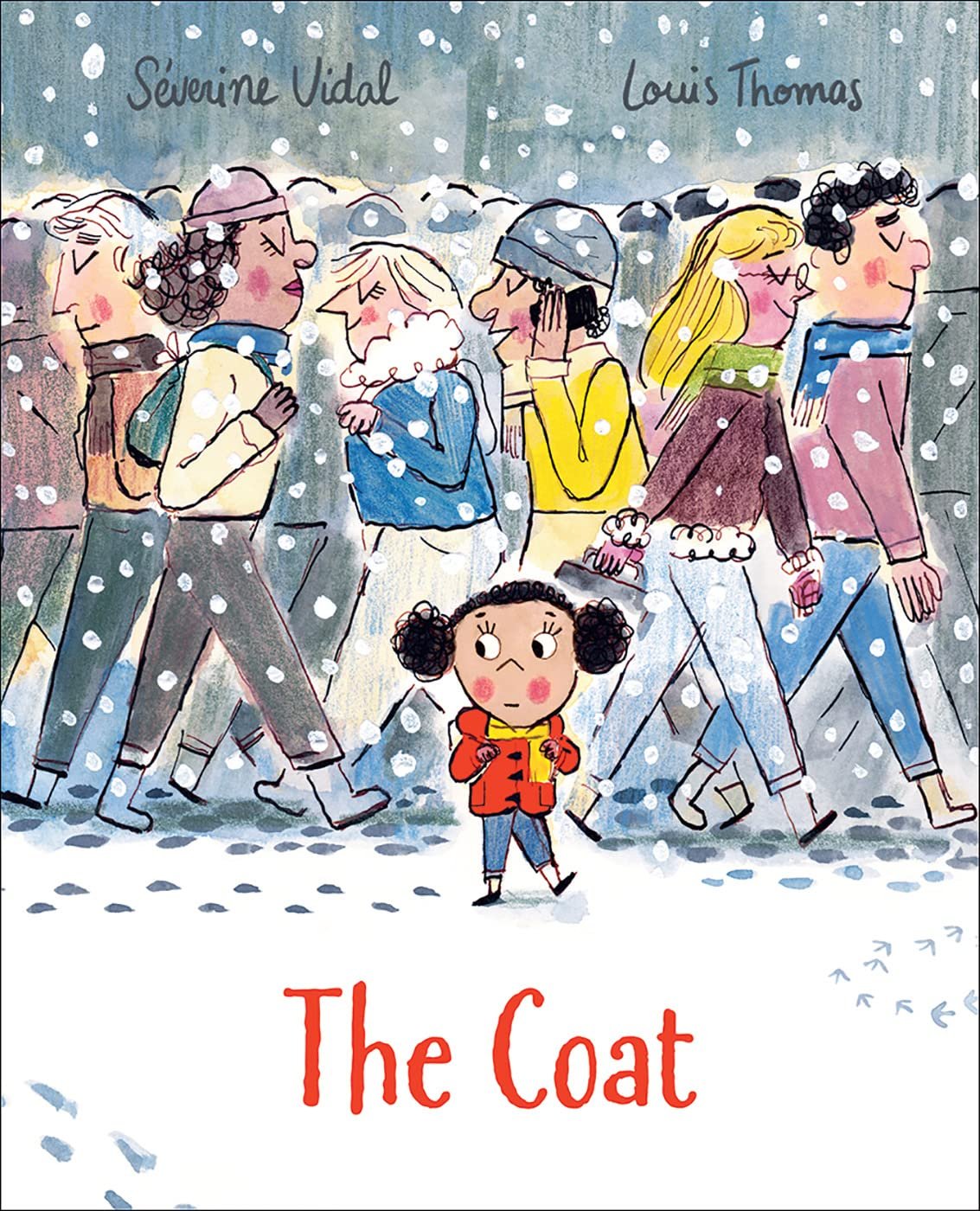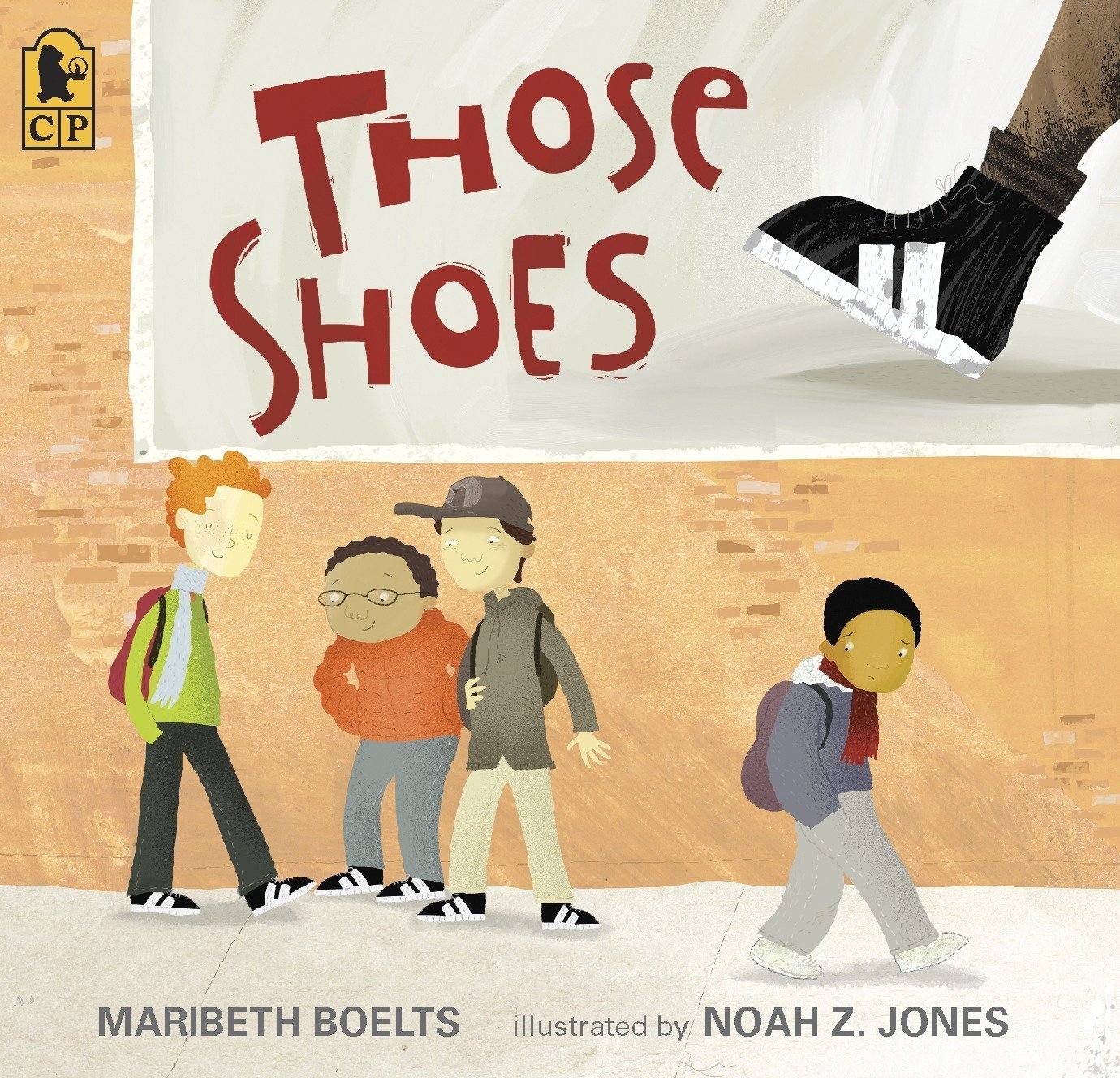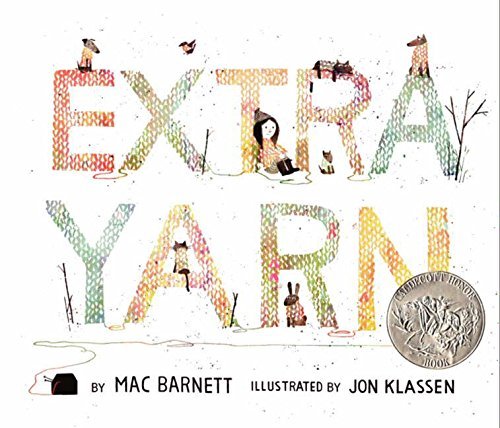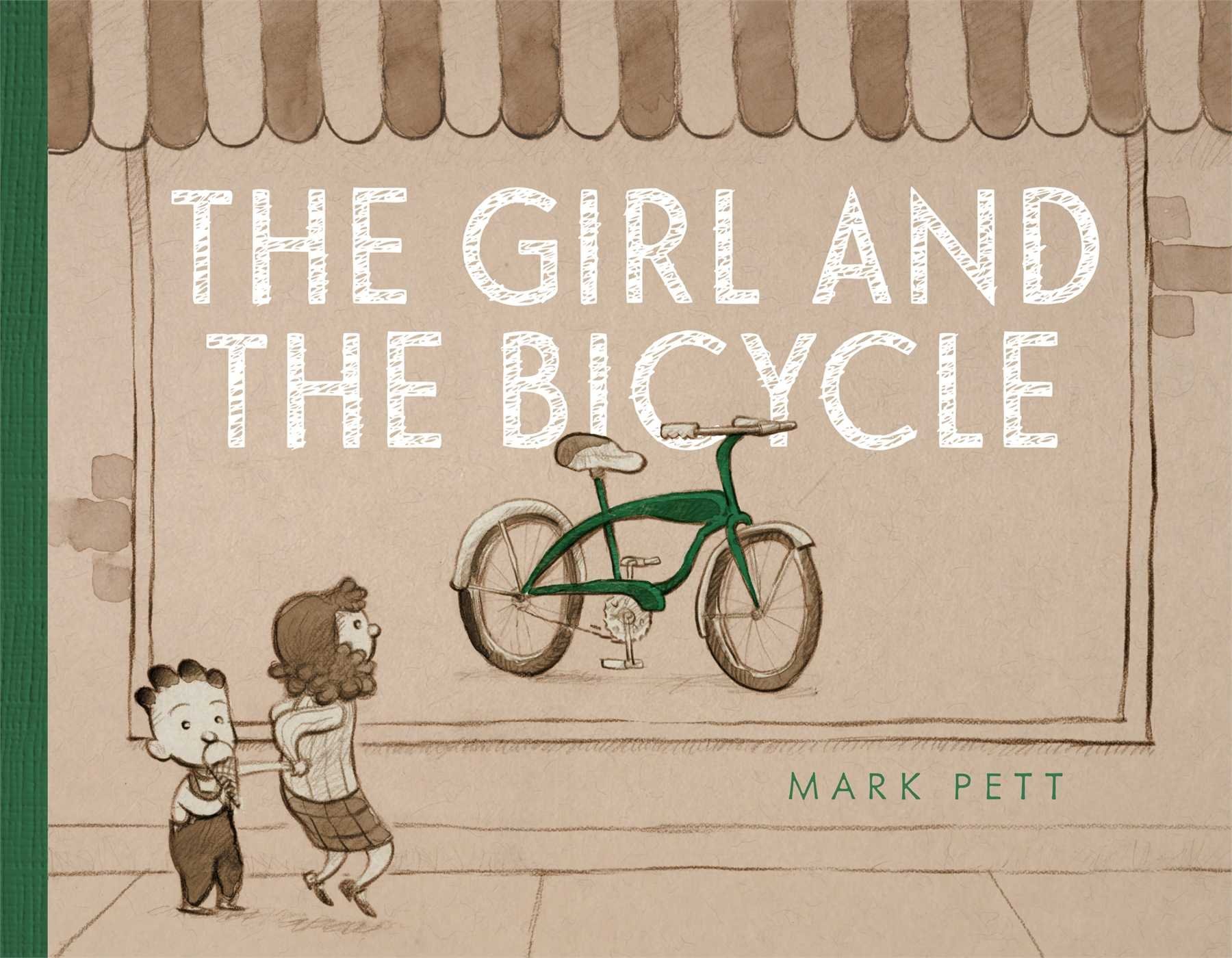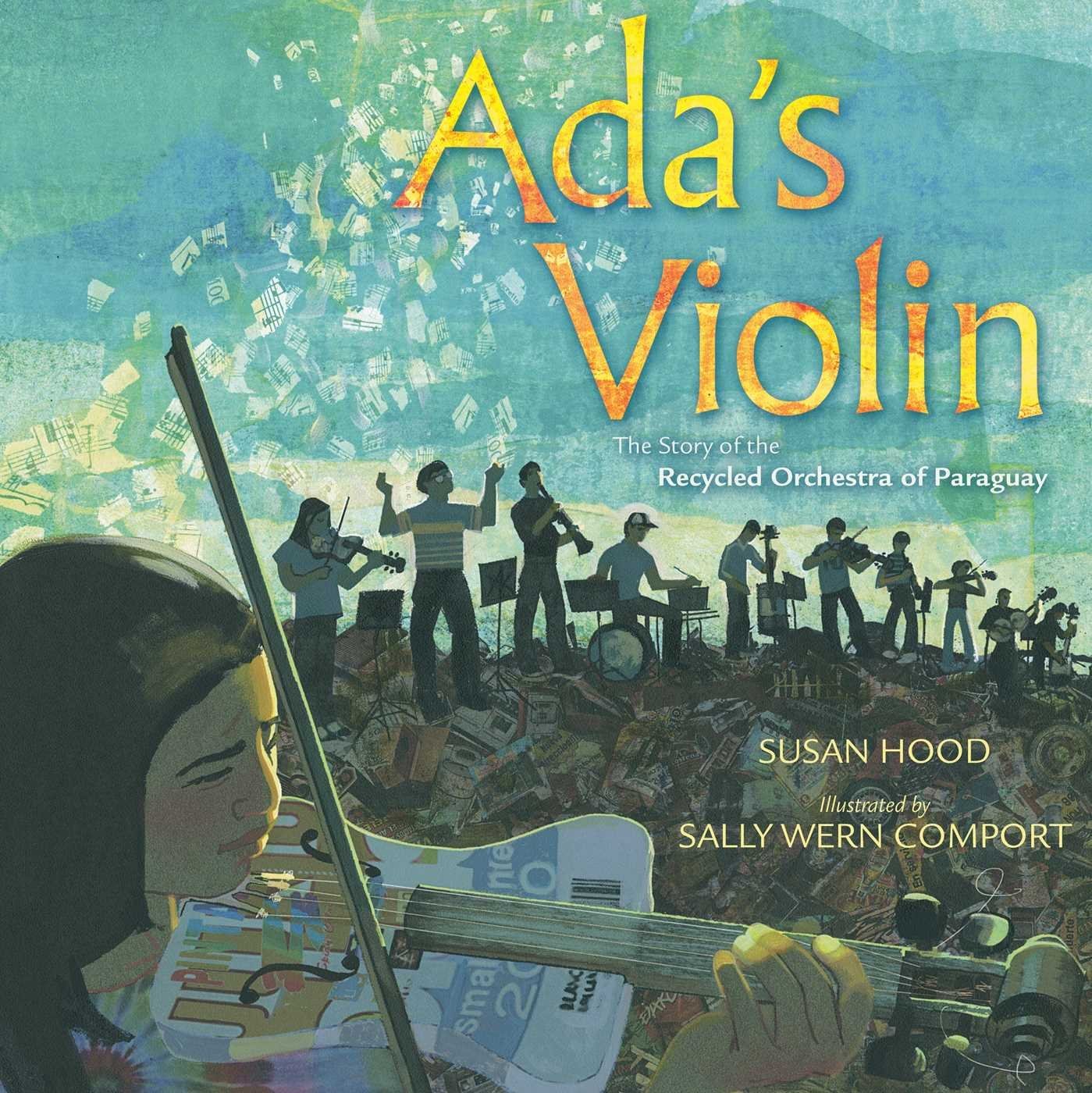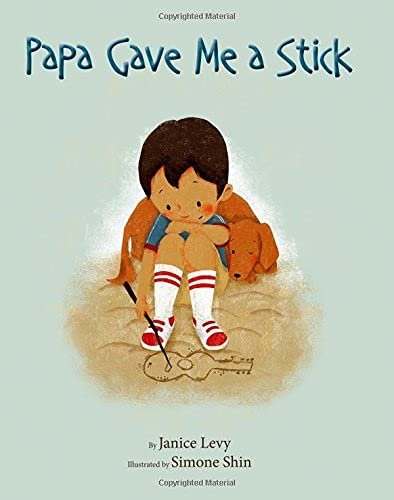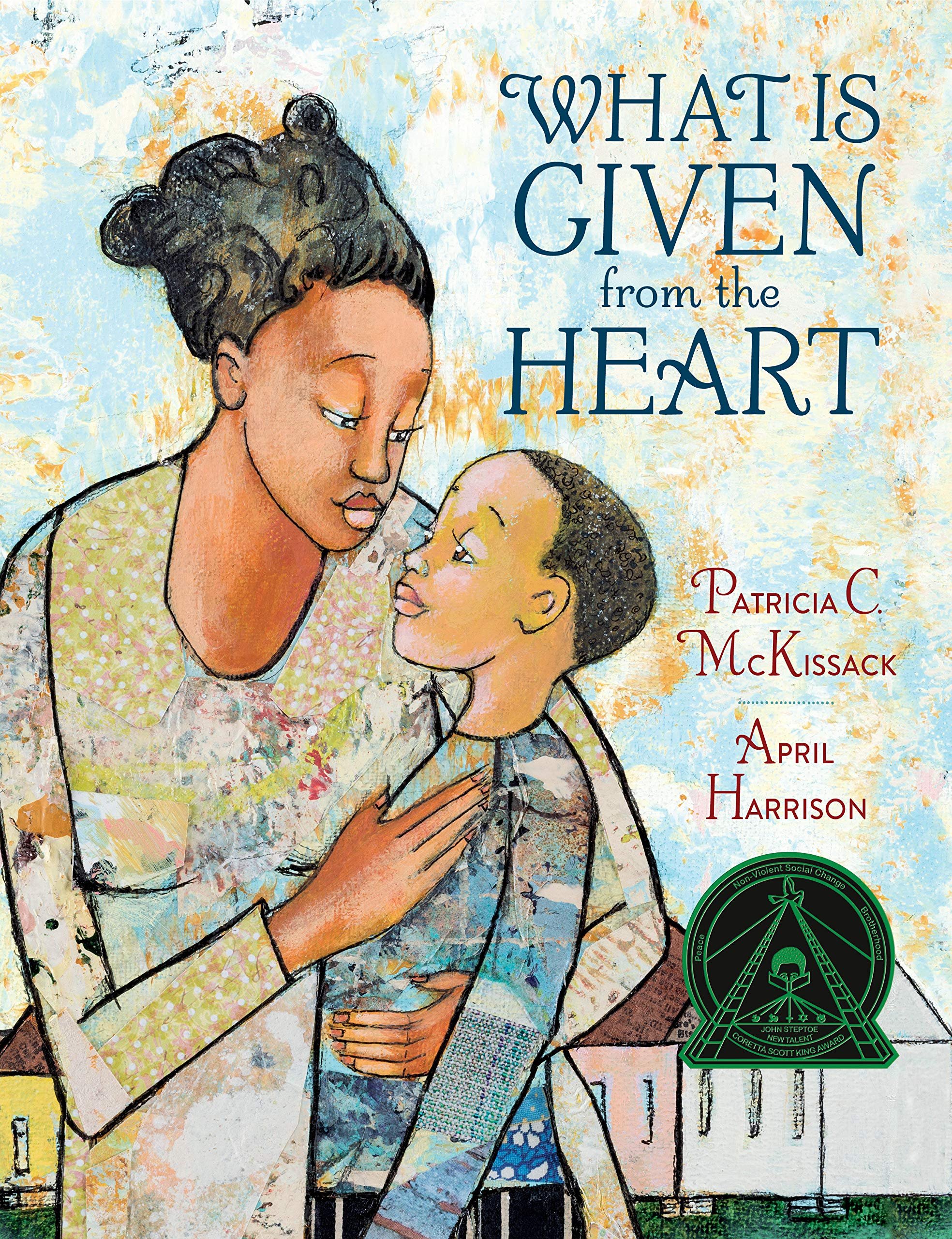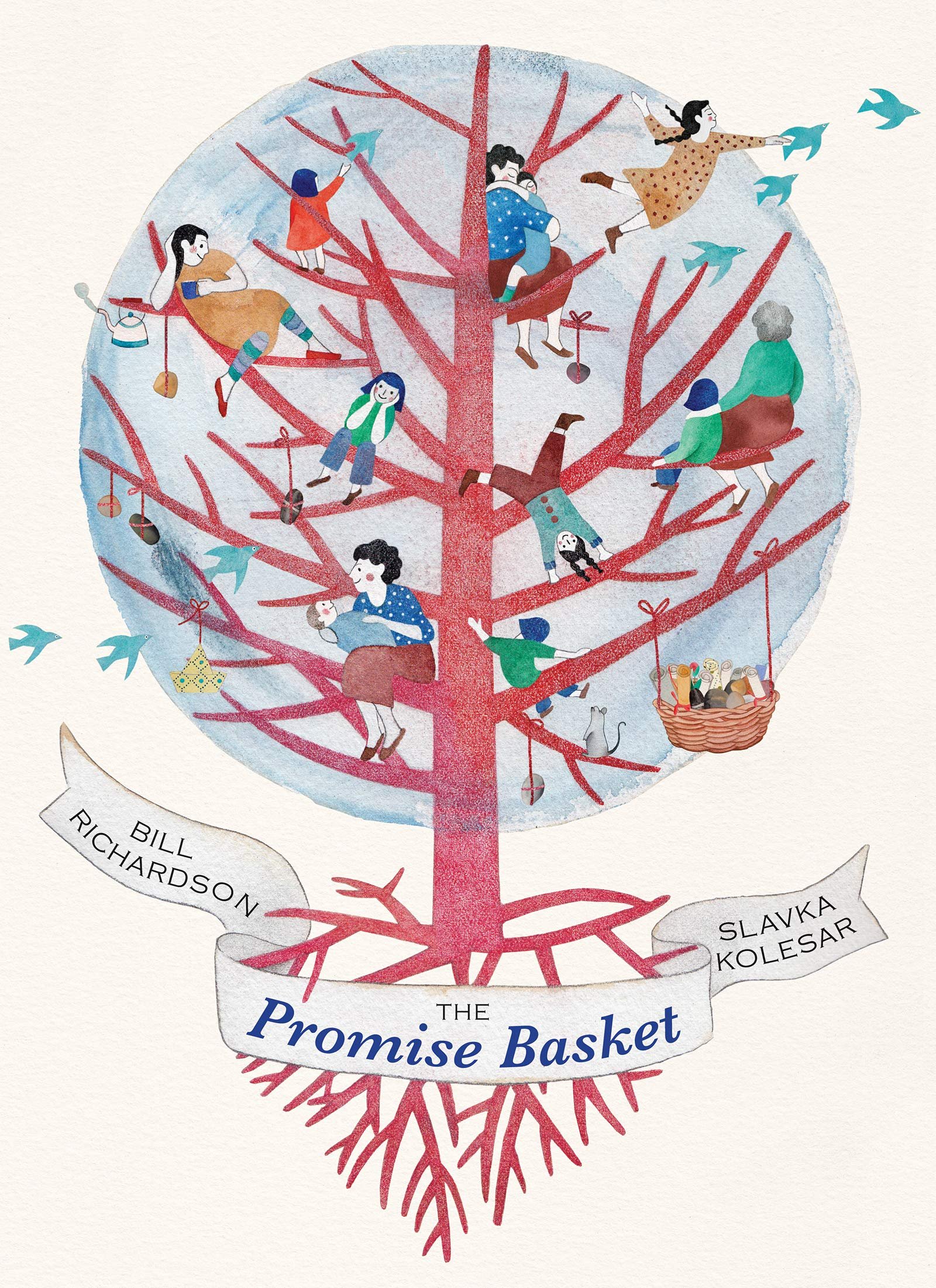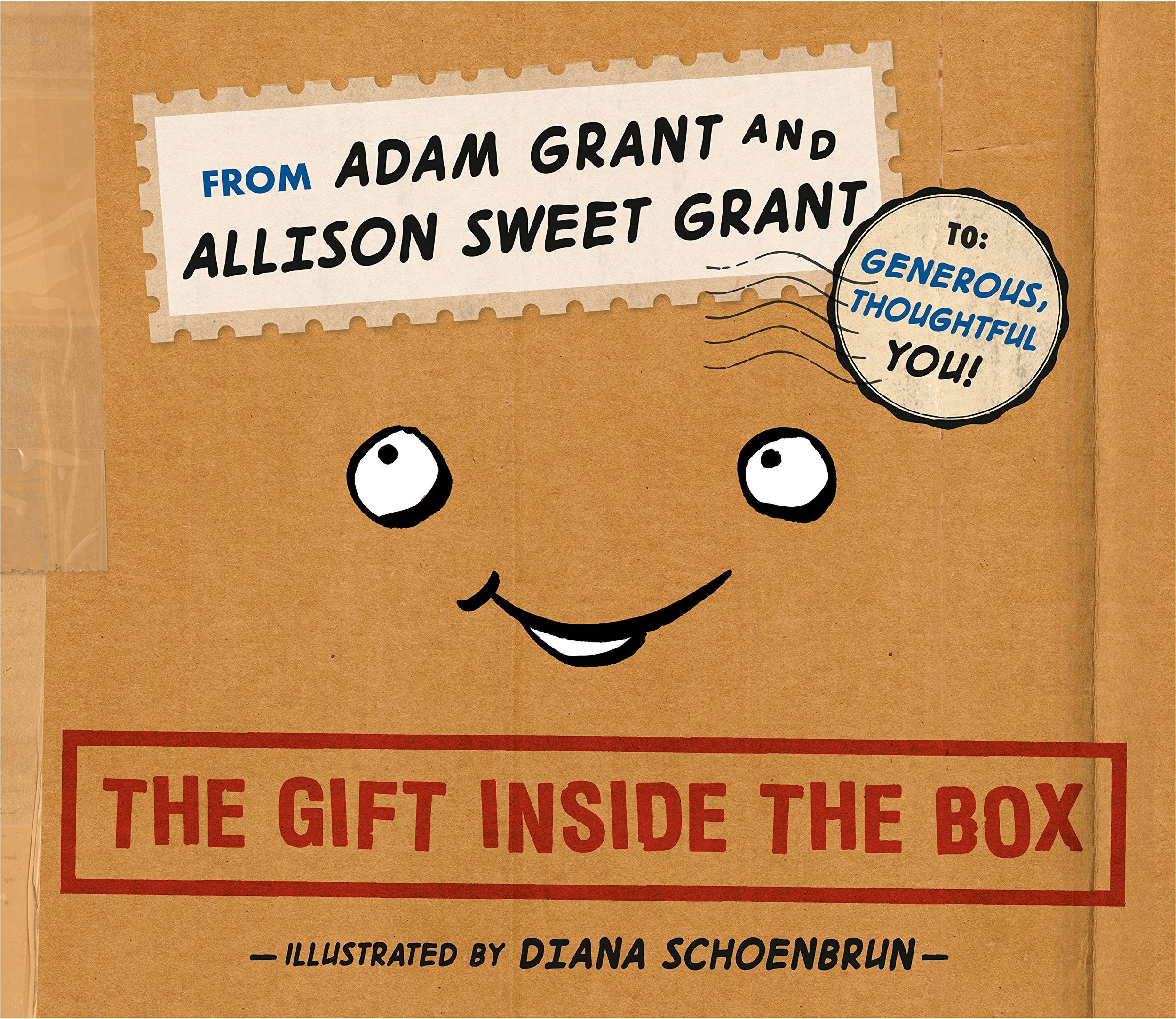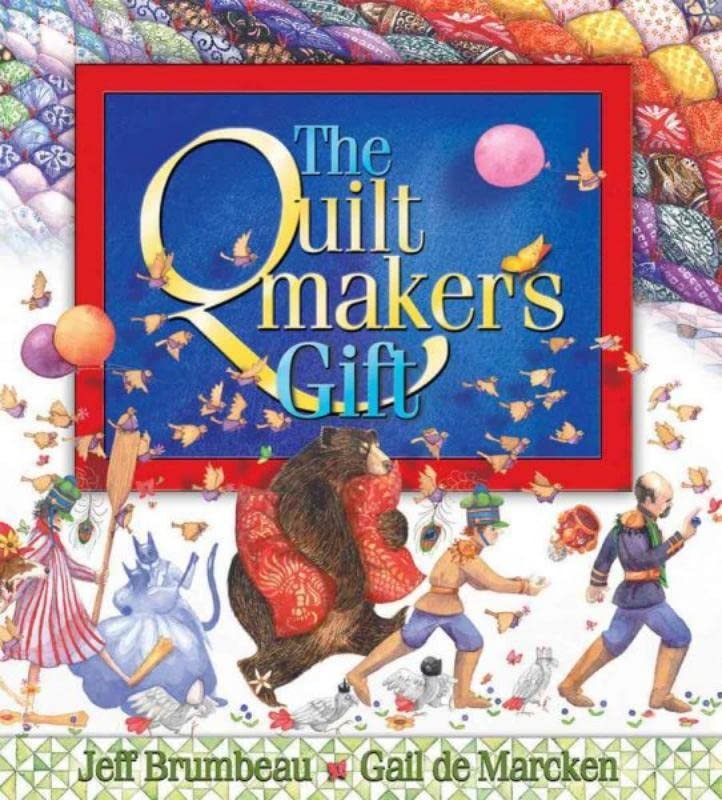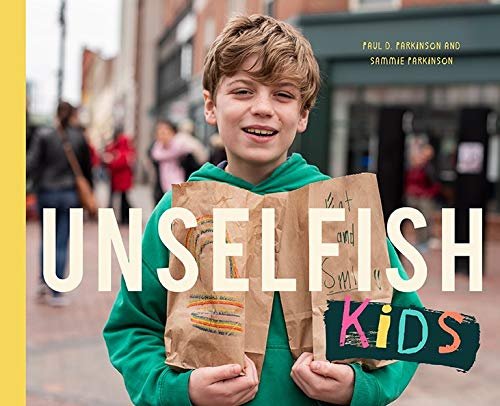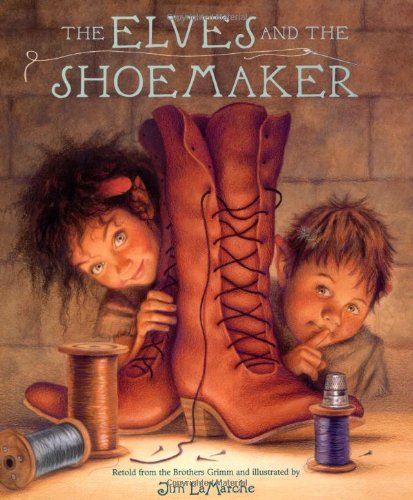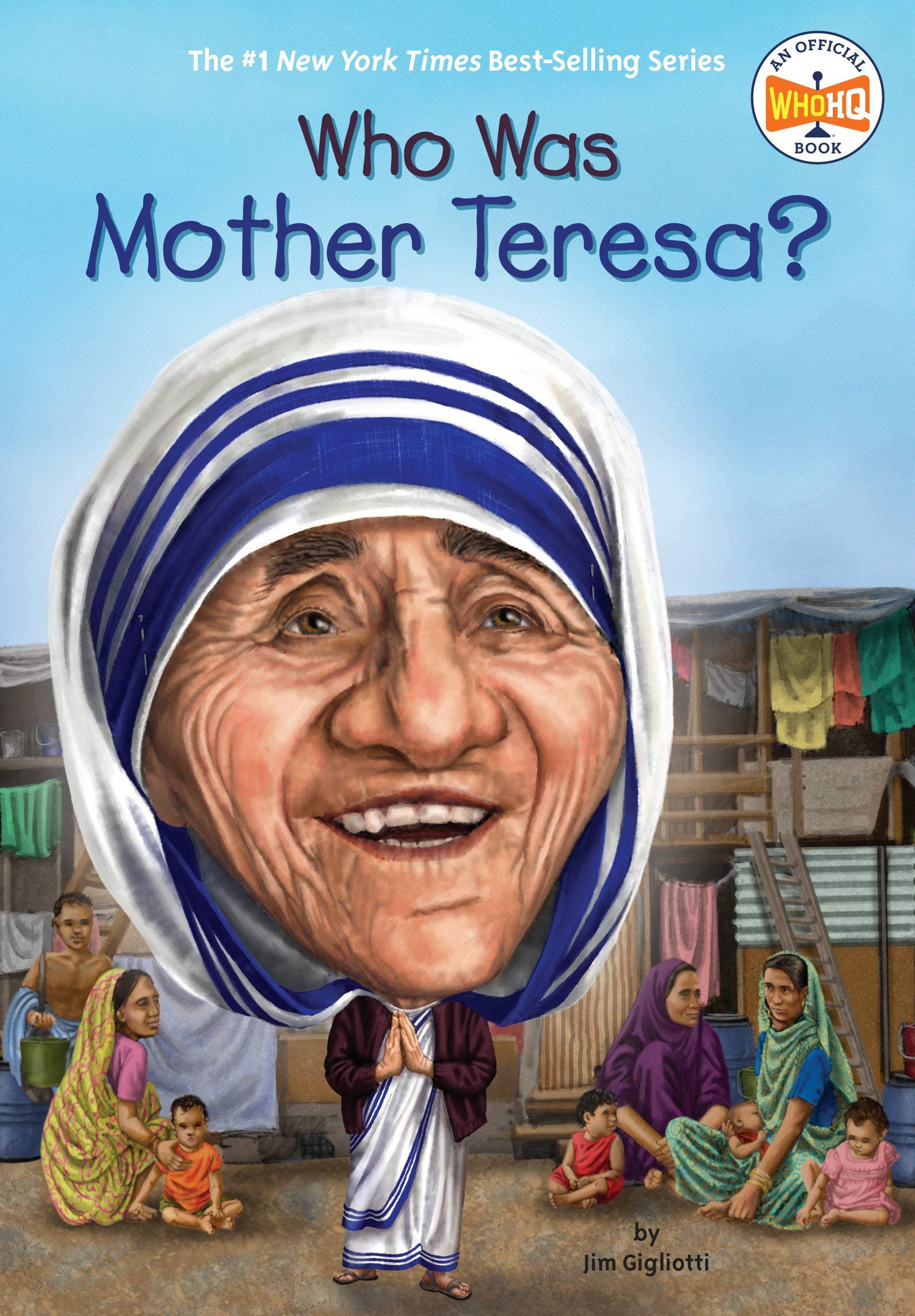Exploring minimalism(or less is more) with kids
I just finished reading Goodbye, Things by Fumio Sasaki and am preparing some things to donate. One of my priorities this year is to live more simply. Things beget more things and it’d be nice to whittle down what we have to what we need or most appreciate.
When I shared a few pages of the with book my eldest, I could see the wheels turning in his head. The book raises a few questions clearly. What are you without your stuff? Where does your identity come from and how do your things (toys, clothes, books) shape it? Do we control the objects around us or do they control us? Is it easy to clean and care for all your stuff?
I have no desire to take away my kids’ toys or the objects they use to build their worlds and identities. I would, however, like them to take a look at the things around them and consider how they affect their choices, time and energy. Wouldn’t it be nice if we could build our spaces to support our priorities and values?
As they get older, there will be endless things to want and need, not only for entertainment or keeping up with friends, but also for self-expression and exploration. How do we keep kids centered on what’s really important? How do we teach them to separate their self-worth from material possessions and focus on what’s worthwhile and meaningful? And from a broader perspective, the world we are living in today simply necessitates mindful choices about what we buy, create or consume.
These can feel like deep and abstract concepts to kids. Here are some stories that may get them thinking about the things they own, or want to own, and how it affects the world they’re building.
The books are sorted into a few themes connected to “kids and things”: social comparison and how we use possessions to belong and fit in; our favorite things and how they connect with our identity; our home and what it reveals or doesn’t reveal about ourselves; taking care of what we have and why it’s important; social responsibility and the power and responsibility that comes with owning things; the value of work and how working hard affects what we want; and the concept of giving. (At the bottom of this post, you’ll also find some ideas on which character strengths may harness more minimal and mindful living.)
Social Comparison
Fitting in and social connection is important to self-esteem. When my kids first started elementary school, I noticed them comparing themselves with other kids in ways they had never done before. While we can champion differences and value diversity and uniqueness at home, playground dynamics always factors in.
These children’s books explore social comparison in a few different ways.
In The Table Where Rich People Sit, a little girl is sick of being poor. Her parents hold a family meeting where they explore their priorities and the value of things outside of money. How much is a sunset worth? The sound of coyotes howling in the hills? An afternoon wandering alone in the beautiful countryside? In The Hundred Dresses, a little girl is teased for wearing the same blue dress everyday and claims she has a hundred dresses at home. This is insightful and emotional classic explores bullying, bystander and upstander behavior, empathy, and a variety of social dynamics and sensitive issues. For younger readers, Maddi’s Fridge addresses childhood hunger and may help kids value what they take for granted and share rather than compare. Look What I’ve Got! is a funny and surreal book that explores showing off. I like Anthony Browne’s subtlety in showing how imagination is better than material possession.
Our Favorite Things
We all have our most beloved objects—a favorite sweater, stuffed animal or toy. In Corduroy, a little girl uses her own money to buy something she has clearly wanted for a long time. When she brings Corduroy home, she has a bed set up for him and has created a sense of home where everything has a place and purpose. This invites questions like: How do you take care of your favorite things? Is there a place for everything in your home? What makes a place a home? Knuffle Bunny explores what happens when a toddler’s treasured object is lost. What would you do if you lost your favorite thing? What you be without it? Why is it so special to you?
The All-I’ll-Ever-Want Christmas Doll and Morris’s Disappearing Bag both deal with gifts and sharing. The former book takes place during the Depression, when money is tight and gifts are few. A little girl is so grateful and appreciative of her new doll and chooses to play with it alone, rather than with her sisters. She learns the value of relationships over material possessions. In Morris’s Disappearing Bag, each child in the household receives one gift for Christmas. When Morris asks to play with his siblings’ gifts, they all say he is too little and exclude him. Morris finds a creative and fun way to get what he wants and, all the while, author Rosemary Wells expertly shows the value of imagination over things.
Our Home
These picture books explore our idea of what makes a house a home. Our Big Little Place, The Big Adventures of Tiny House and The Full House and the Empty House explore the size of our living spaces and what we value most within them. Why might people choose different types of living spaces? What do we need to make a house a home? What don’t we need and why do we have them?
In Yard Sale, a family must sell away their possessions to make ends meet. And in Fly Away Home, a boy and his father don’t have a home—they live in an airport. Can we have a sense of home without a home? Why do some have homes and others don’t? What do we need to survive and what do we need to flourish? How are those needs different? What’s fair?
Below are books that show how kids live all over the world. Where Children Sleep is a masterpiece photography book full of photographs of kids’ rooms around the world that evokes a range of visceral and strong emotions. This is a powerful book to look through and talk about resource disparity, different cultures, and equity, among many other topics. A Life Like Mine, If You Lived Here, and This is How We Do It are gentler looks at the lives of kids around the world, all of which inviting perspective and reflection.
Taking Care of What We Have
These picture books invite kids to think about how we take care of what we have.
Too Much Stuff is a cute woodland story that explores the perils of having too much stuff and the benefits of recycling. The pages are filled with beautifully drawn small details.
More also explores having too much. It asks: how do we know when it’s enough or too much? How do we feel when we have too much? What happens to our environment?
In Sleep Tight Farm, a family lovingly prepares their farm before the winter. In the story, the family lives in a simple give-and-take with their environment, and shows how we can find pleasure in taking care of the environment that takes care of us. How do we take care of the things we have? What makes it easy or difficult to care for the things we have? How do the things in our environment give back to us?
Something from Nothing explores how we can make meaning from things once we lose them. It is also a good way to explore sustainability and choosing things that are built to last. How do we make things last? How do we decide what we want to keep and what we give away? How do we make things meaningful after they gone?
Social Responsibility
These books explore the responsibility that comes with owning things. In The Coat, a little girl is thrilled to finally get the long-awaited beautiful red coat her older sister has outgrown. When she sees a little girl shivering on the street, she must decide what to do. In Best Enemies Forever, Priscilla starts a club focused on community service and helping others; when her nemesis gets involved it devolves into an exclusive social ring with fancy swag and a self-serving new leader. Those Shoes explores fads and trends, and wants versus needs. In Extra Yarn, a selfless and kind girl stumbles upon a gift that keeps on giving, and a villain tries to steal it for himself.
The Value of Work
What is the of value of working hard for the things we want? How do we know we want the things we want? In The Girl and the Bicycle, a little girl works hard for a new bicycle and is met with difficulty and disappointment along the way. How does the girl feel at various points in the story? How would you feel? How do you take care of the objects you’ve earned yourself versus the ones you’ve received? What did the girl “get” out of her work?
The Hard-Times Jar shows kids what it’s like to be a migrant worker. Emma is a little girl who loves books and dreams of owning a fresh one of her own, but understands that in her family money must be saved rather than spent. She decides to work hard to contribute as much money to the family as possible in the hope of having extra to buy a book; instead, she is told she can no longer work and must go to school instead. What is the value of owning a book? What is the value of having a “store-bought” book as opposed to a used book from the library? How does she feel when she sees the school library? What is the value of owning a book versus reading it and giving it away? Do you think Emma will still want a “store-bought” book in the future?
Ada’s Violin takes place in Cateura, Paraguay, a town built on a landfill. Ada has always dreamed of playing the violin but no one has money for things like instruments. In a story full of hard work, purpose and perseverance the town comes together to make instruments out of recycled trash, and builds an orchestra that ends up playing around the world. This story is also featured in the first episode of the Big Life Podcast. What do you want most in life? How can you set up your life so that can become possible? What are distractions you can eliminate or things that may stand in your way?
Papa Gave Me a Stick also involves music, featuring a little boy who wants a guitar to play in a mariachi band. The boy’s father tells him that he must earn what he wants for himself, and gives him a stick. Through resourcefulness and a series of trades, the little boy is able to get his guitar. How do we use what we have to get what we want? How can the value of things change in different environments?
My Rows and Piles of Coins explores the value of saving over the long-term to get the things we really want. In the story, a little boy earns money and thinks about what he really wants. When he sees the bicycle at the market, he decided that’s what he wants. Why did the boy choose to buy the bike over everything else? Do you prefer to buy little things or save up for something big? What’s the benefit of saving? How does working hard toward something make you feel?
On Giving
These books explore the concept of giving. In The Gift of Nothing, a friend considers what to give a friend who already has everything and ponders the value of “nothing.” Both What Is Given from the Heart and The Promise Basket focus on the things you can give when you think you have nothing. And The Gift Inside the Box activates and shines a light on one’s inborn authentic generosity.
The Quiltmaker’s Gift, Unselfish Kids and The Elves and the Shoemaker focus on giving away our time, resources and energy to help others. In The Quiltmaker’s Gift, the king must give away all of his possessions to get something in return. He finds that he feels happier and more fulfilled the more he gives away. Unselfish Kids features real life inspiring stories of kids giving back, and The Elves and the Shoemaker explores selfless giving and the joy of giving when no one is watching.
“Less is More” Living and Character Strengths
While I imagine virtually all 24 character strengths can harnessed for more mindful living, a few of them stand out. Temperance strengths (prudence, self-regulation, humility and forgiveness) protect us from excess and help us get a handle on temptation.
Prudence means we think carefully about our choices and their possible consequences. It is associated with the ability to be conscientious, a trait that predicts high achievement and fulfillment in life. We can use prudence to figure out if we really want what we think we want.
Self-regulation helps us control our impulses and regulate our emotions. When we are high in self-regulation, we stay focused on our goals.
Humility can help us be proud of who we are and to feel like we are already enough simply as we are. Research shows that humility is linked with good self-esteem and a positive self-view.
Looking beyond temperance, judgment can help us question ourselves (do I really want what I think I want?) and provide us with a buffer against following the crowd. Social intelligence can help us explore interpersonal motivations for wanting things and why people may feel the need to bully, tease or show off. Perspective helps us wise up to the big picture. Appreciation of Beauty and Excellence and Spirituality can help sharpen our sense of meaning so that we focus our limited time and energy on what’s really important.
Links to the book guides for these strengths below or explore this post on well-being and meaning for more relevant reads.
